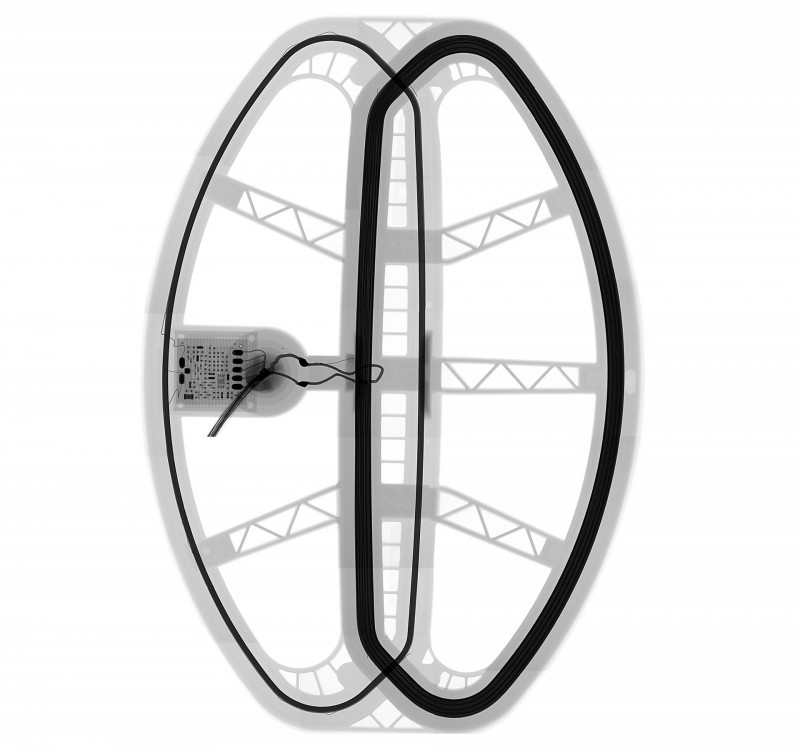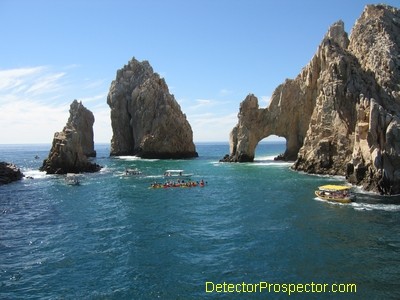Leaderboard
Popular Content
Showing content with the highest reputation on 03/21/2021 in all areas
-
I hunted the camp today found a bunch of old iron trash and a few goodies. No buckles on this trip but did score a tiny silver using the Equinox 6” coil in park 1 stock settings. My wife found the flower button and it made her day. The other button is what I think is a wolf. Both in good shape. May go back tomorrow.13 points
-
Tossed the waders on and couldn't go out to far as the shoreline drops off pretty fast. Didn't want to go kerplunkin and risk any shrinkage issues with the water in mid 30's :0 Bunch of clad, some junk, 41 & 49 wheaties and a 68 centavo from the Philipines. Have a feeling this was hit before at least in this section of shoreline. Will work my way around with the water level drops and things warm up. The bottom is hard pack clay, deepest target I could hear was about 8" down. Ground was between , high 80's to mid 90's Overall the AT Pro with Mars Tiger is excellent in the water, so easy to swing and ground balance.6 points
-
As my current sites get hunted (by me), the clean hits become fewer. I've been working quite a bit this 2021 trying to squeeze out good (non-ferrous) targets which are far from perfect signals. Yesterday in a schoolyard I've been searching for the past 3 years and have 'covered' at the 80+% level I went to an area that has produced multiple old coins, including at least one of each of the following: Mercury Dime, silver Wartime Nickel, and Buffalo Nickel. I've also found multiple Wheat pennies. I don't know if I had been over this target before. Minelab Equinox 800 w/11" coil, Park 1, no discrimination, custom 5 tones, Recovery Speed = 4, Iron Bias F2=0. I got a decent high tone (my custom high tone range is 20-40, corresponding to clean/fresh Zincolns and up) but with iron grunts mixed in. The digital Target ID (dTID) was all over the map, from 21 to 39. I was able to circle the target and get at least some high tone from about every direction. When I pinpointed, I at first got pulled to an iron target nearby but was then able to hone in on a decent location using multiple pinpointing methods. I dug down a good 6 inches without a reliable Garrett Carrot response, rechecked the target's location with the Eqx, and then noticed a weak signal with the Carrot to the side-wall of the hole. Digging into the sidewall at the 5-6 inch depth the Carrot got stronger, and I switched to the more accurate White's TRX to hone in on the location (to try and make sure to dig around and not through! the item). I never got a great signal from the TRX but after pulling out another scoop of dirt I noticed the signal was now missing in the hole and with a bit of hunting around in my catch pan was able to see a dirt caked dime sized target. Normally silver coins show a nice white color but this one didn't, making me think it might be a clad dime. But a spray of water showed the Liberty head and I knew it was a Barber. (Arriving home and carefully cleaning in water only I was able to discern the 1904 date, no mintmark meaning from Philadelphia -- a common coin but still a keeper as are all silvers.) I continued to investigate the spot and about 4 inches radially from the dime's location but shallower (around 3") I recovered the rusty nail shown in the photo. This was about where I had initially pinpointed an iron target (mentioned above). But I don't think my final pinpointing location was affected by this nail (don't know for sure) and conclude the dime was on edge. I must say that this dime signal wasn't a lot different that several iron targets I've dug in the last several hunts. In the 2 1/2 hour hunt I only recovered four other coins, a Zincoln, a copper Memorial, and two stacked clad quarters reading 31-32 dTID (which is high for a single clad quarter, normally 29-30). This is the second Barber Dime I've found in this schoolyard, but the mystery is why it was there at all. The original school (since replaced) was built around 1955 and prior to that the land was a livestock pasture. I know that the location of the original school (which I was either right over or very close to) was backfilled. I've now found 4 or 5 silver dimes here and none has been a Roosie. The time window for losses from the school is 1955-70. It's possible the two silver Barbers were dropped in that time period but it seems unlikely given that would have occurred 40-55 years past their last minting. My hypothesis has been that in the process of filling in the hole where the school's basement was located and further smoothing the schoolyard that fill was brought in from elsewhere -- possibly somewhere else in the town where street excavation (new utility lines, etc.) was being done. And the mystery rock/mineral in the picture? That earns its own post in the minerals subforum.5 points
-
I got up early this morning to hit the beach. To my dismay the targets were few and far between. The wave energy and tides made for a pillowy sand but all the targets are still in the water somewhere. I walked about 4 miles for these few things. At about the half mile mark I did find a target that I said to myself made the trip worth it. It was still mostly dark when I found it but it was not that heavy. Later about the 2 mile mark I found the silver ring with the garnet/ruby on it. I helped a cormorant get put into a bird box about the 2.5 mile mark after I saved it from the dogs. The cross is 'odd' to me for several reasons. It is not marked. It looks like a hand pour with imperfections on the back and at the end of one arm of the cross. The number on my Nox 800 was a solid 21 which would be close to penny which means copper. There is a slight staining on it which made me think of rust. I checked its 21.9 grams with a super magnet and it is slightly attracted but I can't pick up the cross with the magnet. The reverse side shows the pour imperfections. These pictures show the defect and the source of staining but also some blue green corrosion but very little. The top of the cross is one piece. I get the impression that someone 'touched it up' with a file. I have no idea of the patterns on the cross and why it is not more corroded. Does anyone know how this type of real or fake cross would be made? Mitchel5 points
-
I think we all look different after a long day prospecting than those guys in the pic. And it won't be so pretty....But hey, it's all good. They want to sell their machines after all and it's just advertisement. If they would show me after 8 hours detecting, nobody would buy the 6000...🤣4 points
-
Thank you F350 and Elbert. The coin is small and so is the hole. El, she is a good sport and her turn is coming. She is a greenhorn but doing great. She is running the Vanquish and it’s chattery. I may have to get her something better.4 points
-
4 points
-
Badger-NH, I'm giving my 6" coil to my son. He's only got the 11" so this will give him a small coil when he needs one. It's going to take some time using the 5x10 before I get to know it and what it can or can't do but first impressions are good. I think you're right about it replacing the 6" at least for me it will or I should say it has.lol3 points
-
Just buy a third 600 for the 5x10. Then you'll have most of your bases covered. Actually, I think once you have the 5x10, you won't need the 6" anymore.3 points
-
Last summer saw someone detecting a patch of woods near one of the local puddles. Loaded with prickers, vines and usual road trash. Blew off work for an hour to scout it out. I twas previously a farm field that extended to the pond. This is a good time to hit areas like that before the undergrowth kicks up. They did a good job picking the area clean, left a couple memorials but toward the waters edge they missed this 1902 Barber quarter. Now the pond is thawed out I don't think anyone has water detected this at all so will toss the waders on. Hopefully my fingers don't turn blue :)3 points
-
Initially I wasn’t planning to get the elliptical coil 5x10 because I have my 600 with the 11” coil, and my other 600 with the 6” coil. But then I began thinking ( uh oh) I go out armed with only one detector at a time, and when it’s with the 6” coil, I’m limited to the iron infested home site areas and disinclined to venture beyond with the tiny footprint of the 6” coil. But with the 5x10 elliptical, I can hit the iron infested area and also meander beyond because I don’t feel like I’m painting a wall with a tiny paint brush. so I have mine pre ordered due to ship in jabout a week. After I use it a while, I’ll decide whether or not to sell the 6” coil. I’m not a fan of having extra unmounted coils. The 5x10 would simply replace the 6”3 points
-
Maybe you're both right. https://www.worthpoint.com/worthopedia/antique-railroad-tie-timber-adze-18170298313 points
-
3 points
-
3 points
-
Rare meteorite found by gold fossickers sold to Geoscience Australia after lying undiscovered for 4.5 billion years - ABC News https://mobile.abc.net.au/news/2021-03-18/qld-gold-fossickers-sell-meteorite-to-geoscience-australia/1000151422 points
-
I wish it was real! haha You never know what you can find on a beach and today was no exception. It is just tough right now getting targets. This one was kinda scratchy at I think 22 in the wet sand which would have been just about like the pennies. When I got it in the scoop it was not bright so I never mistook it for real but then I looked at the shape and without my glasses I could see writing but also corrosion. I wonder why someone would have it at the beach and if it had been sold as a fake. It is one of the more odd things I've found. Mitchel2 points
-
Bottom pic - his coil cover is so shiny, with no scratches to be seen; he must be a high-looper.2 points
-
2 points
-
Thanks a lot for this AussieMatt.. The map I've shown is still used by Google and is on most tourist brochures.. even though my map showed old gold diggings outside of National Park borders, most of them are in some other sort of protected area.. for example 'The Dot' is within the Bolger Bay Conservation Area and the unnamed mine on the beach (bottom right on the map) is within a Marine Park.. Whilst the most obvious old digging outside National Park borders is in Horseshoe Bay, it is in the middle of a Skate Board Park (I'm joking).. 😁.. All this means there's very little wriggle room for prospecting on the island.. Good advice Valence Legacy! Some of the creeks from the old diggings flow into people's backyards or onto public beaches.. I've thought about beach panning/sluicing but am unsure about what can of worms I'd be opening in regards to regulations.. It's probably a hanging offence here in North Queensland (I'm joking).. 😁..2 points
-
Me and my buddy went to a old abandon girl scout camp and got 14 silvers between us with about 10 in the thick pricker bushes. For each silver I got a nice scrap from the prickers on my body.A Barber dime =a good day.2 points
-
Yes, I really like it. I did get to dig one deeper wheatie (probably only 8")so that was ok. The lighter weight was nice. I like the length, I was able to move along fine. We all knew it would separate good. It'll just take time to give it a better evaluation but for now I'm happy I have it. Just my thoughts from today's hunt. Thanks, Tom .2 points
-
Something I've been wanting to do for a while now..I got another x ray generator couple weeks ago and wanted to try it out on my DR System.. Heres most but not all of the coils I have. 1. CTX 6" 2. TDI Pro 12" double mono 3. CTX 17' 4. XP Deus 9" 5. Miner John 8x12" mono 6. x cal 8" 7. Gold Monster 6" 8. Fisher Gold Bug two 6" 9. Nox 6" 10. Nox 11" 11-14 GPZ 7000 stock coil1 point
-
I was in a schoolyard searching for old coins when I got a 20-21 hit (zinc penny zone) but also a weak signal (5 bars on the Equinox 'depth' meter). Since Indian Head pennies and early Lincolns can TID there, weak signals are always worth digging. About 5 inches down out popped a dirty piece (metal?) which felt light, so not lead. At first I thought it might be melted aluminum but it sure doesn't have the right shape. It appears to my eye to be naturally formed. After arriving home and washing it off it still looked natural so I did some more investigation. Here is what I found: 0) non-magnetic (Nd super magnet used for this test). 1) specific gravity measured (by water offset method) at 2.65. That may be a tad bit low since I didn't correct for the buoyancy of the wire bale that I used to hold it in suspension. So let's say 2.70 +- 0.10. 2) left a grayish (possibly olive green) streak. It was not as dark as a graphite pencil streak but still quite distinguishible. 3) easily scratched calcite but not fluorite so Mohs hardness at least 3 and less than 4. 4) air tested dTID from 61 to 70 on a Fisher F75 (the zinc penny sweetspot is 65 so this is consistent with what the Equinox read in the ground). 5) gave a strong signal (up to 6" distance) on my White's TDI/SPP (TDI/SL sister) pulse induction detector with Miner John 5"x9" folded mono, gain = 5 (i.e. midpoint), ground balance off. I tested some other minerals of similar size: chalcopyrite, galena, pyrite, graphite, and lodestone (magnetite). Only the lodestone responded on the White's TDI, and only within about 1.5 inches of the coil. A copper penny gave similar response to about the same 6" distance from the coil. (Battery potential measured at 11.75 V.) I thought it might be the mineral chalcophyllite, but the hardness is wrong for that. (I have no idea if that mineral would give a signal on a PI detector.) AFAIK my area isn't known for copper minerals (or any minerals worth mining other than limestone and coal). Glaciers did bring down various rocks and minerals from (now) Canada and the Great Lakes (including fine gold, native copper, and small diamonds) so I guess that is a possible source. I haven't ruled out aluminum. An aluminum (alloy) beavertail pulltab gives a similar streak. But the specimen's density is low for an alloy and its hardness is low for pure aluminum (Mohs hardness of 2.75) even though pure aluminum has the right specific gravity. Any ideas on futher tests (besides X-ray fluorescence spectroscopy since I don't have access to one of those guns)? Try to saw it and look at the inside??1 point
-
Hello Frank here . Retired and just Hunt coins and rings. Been detecting 20 plus years and looking to get myself a deep detector to reopen my older areas. Plus start getting some refresher pointers from the pro's.1 point
-
1 point
-
Maybe this should be in the Detector Prospector section but wanted to keep the XP section alive. I was in Las Vegas last weekend and decided to swing over to the Gold Basin area and do a little metal detecting. There were 3 of us and we didn't find much. But we did manage to find some gold and meteorites. The ORX is turning out to be a pretty good machine. Not as deep on the really small stuff, like a Gold Monster would pick up but it's not far behind.1 point
-
Good to see you're now an x coil supporter JP. Since over 70% of my deeper finds so far made in "normal" timings could not even be heard in "difficult" I'll just continue as I am, since detecting a large area twice has little appeal. Of course I am sometimes forced to use "difficult" by ground conditions but do so reluctantly in the full knowledge that I'm leaving gold behind. On Tertiary gravels (which are usually very quiet) "normal" timings give maximum depth on all targets and are my favourite and most productive haunts. I stand by my test results which indicate CC coils leave little behind on these quiet soils on "normal" at depth. It's apparent we differ on this topic so it's pointless discussing it further. Go the CC coils!1 point
-
Jonathan: I'm not doubting that hole exists on "normal" setting with conventional GPZ DOD coils, but, as stated, our exhaustive tests with the big 22" GPZ X Coil concentric failed to reveal it. I understand you have access to the 17" X Coil concentric. Have you also tested it for holes? You may be in for a surprise :)1 point
-
Hey Gerry, Great article. I had some great times hunting tailing piles in Alaska thanks to Steve H. and Moore Creek and many other locations. I never had the fortunate luck of hitting anything super big, but a few ounce to two ounce specimen pieces were still great finds with handfuls of small nuggets and specimens. In the dry arid desert regions of the Southwest, you can also hunt drywasher tailing piles. I have had great success hunting them in certain spots with many sizeable nuggets that were just too big for the old-timer and even more modern day drywasher screens. Like you mentioned Gerry, the PI can be an advantage or disadvantage when it comes to deep, iron rubbish. I spent many hours digging faint targets that ended up being chunks of iron down several feet deep. At some point, you just hope one of those targets will be a huge gold nugget, worth all time and effort digging. Wishing you all gold under your searchcoils. Rob1 point
-
Great find. Sometimes those iffy signals end up being the best finds you will ever get.My 2 gold coins were an iffy signal.If you are in a spot that produced a lot of coins you better dig those iffy signals to get the coins that are still left.1 point
-
So many nice coins with holes punched in them,,,,arrrrrrrrrrrrgh those early security systems !! Upgrade wifey to a Nox and put you both on equal standing. Then it's up to you to make sure she finds better stuff than you do...LOL1 point
-
Years ago, I had a friend who bought a “gold” bar from a guy on the Vegas strip who desperately needed money. As soon as I saw it I knew it was brass. All stamped with serial numbers and marks. My friend was sure it was gold until I put nitric acid on it and it turned green and was smoking. He was out hundreds of dollars. Buyer beware!1 point
-
Tom, THANKS for the report. Sounds good so far. What I want to know about this coil are two things -- one, is it ANY deeper than the 6" (an 8" deep wheatie is a good sign), and just as important, if not more, does it do any better at IDing square nails properly. My Minelab 6" coil is more prone than the 11" coil to give a good, coin-like read on certain square nails. While the 11" does this, also, as do other machines of course (square nails are difficult, in this regard), but the Minelab 6 seems ESPECIALLY prone to this, for me. In fact, for me, this trait of the Minelab 6 is such that any possible improvements in separation are completely negated (for me) when working in a square-nail-littered site. I would expect that in more "modern" trash, that the smaller size of the 6" would provide separation benefits, but I bought it SPECIFICALLY for a couple of sites in PA that have given up some good finds, but are full of square nails. And that coil has proven to be of little if any benefit in those sites, due to the coil's increased affinity for square nails... SO -- if Coiltek offers improvement in that area, without any depth loss vs. the MInelab 6", then I'll jump on board. Last thing I'll say, is, this (greater affinity for square nails) may just be a trait of smaller (round) coils in general, I'm not sure; I don't use small coils that often. But, I recall back when swinging a Minelab Explorer, that I got a 6" SunRay coil, and that coil behaved similarly. That coil was plenty deep, but was more prone to giving coin-type audio/ID on certain square nails, than the stock Explorer coil. As I said, I don't use smaller coils often, and the ones I have used for the most part have been round ones (I have VERY little time with a small elliptical). Perhaps a small elliptical behaves a bit differently with square nails, than a small round coil? Bottom line, I am VERY interested in any reports from anyone who runs the new Coiltek 5x10 in a site where they are trying to pick out non-ferrous targets from amongst square nails, specifically... Steve1 point
-
Just jumped onto the Coiltek 10” X 5” elliptical I Hi Pre-order train. I have two equinox 600’s One has the 11” coil and the other has the 6” round and it’s on the telescoping carbon fiber shaft. It’s a laser at Separating higher conductors from dense iron, but the extremely limited ground coverage gets old quick. I think The new elliptical will be an awesome coil on the Nox Really looking forward to it1 point
-
Looks like someone nailed the coin to something with a hole like that. Great finds for sure and take care of your wife for sure, get her your 800 and go get yourself something else. Good luck on your next hunt1 point
-
Mitch: Reg is swinging a Detech 18" concentric on his GPX As the illustrations posted show, you have to be over the target to hear it (big surface junk excepted) Therefore it follows that only the two central windings receive, so my 22" coil is in reality only an 11" one (approx)1 point
-
1 point
-
We have a winner for 2 klunker points. you may turn your points in now for a chintzy prize or collect them for a less chintzy prize.1 point
-
Andrew...... is right, the higher reactivity setting - it works the same as the higher ground filter and also the higher SAT setting, so ORX in Gold programs will work better and more stable on more mineralized terrain, especially when working at the highest frequencies ..54khz/74khz/ can be seen in the video that you have at least 2/3 of the field of the mineralization indicator filled in the ORX / .. Congratulations on your meteorite .., .. detecting gold is hard work ....👍1 point
-
Erik your first Google map showing the National Park borders appears out of date? A quick 2min Google shows the National Park area has increased by 31% over the last decade. The attachment with red borders shows the boundary in 2012. The red borders as at 2020 are now part of the National Park too according to this: http://www.minca.org/news-archive/national-park-expansion-for-magnetic-island The other attachment is a map of the National Park walking tracks. Unfortunately both maps that I found appear to show much more area is covered than your first map does. The only way to be sure would be to get a current map from National Parks or whoever looks after Government/Crown lands in Queensland i.e. in NSW I would go to NSW Department of Crown Lands (if not NPWS directly) but not sure of the equivalent in Queensland. If it were me I'd want to be 100% sure through the correct & most up to date map/information from the right department. I don't trust Google maps for accuracy. Local to me it shows an area as State Forest (state forest is allowable for fossicking in NSW under permit) but I know it was handed to National Parks in 2008 making it off limits. Easy to see how we could find ourselves in the wrong place without thorough research. Hopefully you can find some areas there that are allowable to prospect.1 point
-
Just put some lipstick on it and call it a hoe. Looks to be around late 1800's like some that my grandfather has in the garage. He cleaned it up and put a new handle on it and I will be using it this spring in the garden. Great find and good luck on your next outing.1 point
-
Very nice for a short time and don't worry to much about the dime. Sounds like the lake is going to produce something nice for you. Good luck and stay safe. What's a little color if you get some nice finds, I would like to have blue fingers and some nice gold to show for it. That would warm them up in a hurry.1 point
-
In reasonably homogeneous ground Normal is going to work OK, its when the ground becomes variable and constantly changing that the Normal timings will leave a lot of gold in the ground. I’ve tested this many many times over the years and the opposite of the described above will apply just as succinctly in variable ground types going from Difficult to Normal. Also be aware that no matter what the ground type there is a huge hole in the Normal timings on solid pieces going from around the solid 13 gram to 20 gram mark, Difficult will actually outperform Normal on those, so it pays no matter how quiet the ground is to go back over it again to make sure you don’t miss out on the decent 1/2 ounce bit. BTW same applies to the GPX machines too. My rule of thumb for gold modes on the GPZ in Difficult is if the ground is less than 18” deep stick to High Yield, the benefits of quieter operation from less EMI and less knock and bump sensitivity along with much better target response on the bread and butter gold well and truly justifies its use, High Yield will not miss the big ones down to 18” and will easily get the smaller gold the other modes miss. Normal on the other hand is a whole other ball game and needs to be used relative to the ground being worked. Good going on the big Concentric James, seems my concerns about saturation signals being an issue have been dealt with. The next thing will be spurious hot conductive ground signals in wet/damp soils, that is something that can’t be avoided with a deeper punching concentric coil design, that and salt of course because of the bigger size. JP1 point
-
Heck you are really stretching it. I'm just hoping to have new GPX-6000's in my customers hands by Easter. My first 3 Day Field Training class is in April and it would be nice to have my staff and I showing them off.1 point
-
They do, the Gold Monster 1000. It's lighter and better at tiny gold than a GPZ. Minelab makes a variety of detectors to do a variety of tasks. Just like Ford has a multiple sizes of trucks and then even the same size truck has different packages based off of your driving style.1 point
-
Who would make the tests? Many didn't believe the GPZ depth and still don't. What if it isn't 'better' but just as good. Could Minelab make money for the shareholders on such a product? I think in this case as in many others where Minelab has come out with a new product the Early Adopters will get the easy worms. Those of us who don't bite will still be getting our gold but some with the new technology will be getting more. Put any of us out with JP and we have a 6000 and he has 'old technology' and he is still going to find more gold than us I'd say.1 point
-
1 point
-
When Minelab started developing our EQUINOX detector, we looked very closely at all of the current market offerings (including our own) to reassess what detectorists were really after in a new coin & treasure detector. A clear short list of desirable features quickly emerged – and no real surprises here – waterproof, lightweight, low-cost, wireless audio, and of course, improved performance from new technology. This came from not only our own observations, but also customers, field testers, dealers and the metal detecting forums that many detectorists contribute to. While we could have taken the approach of putting the X-TERRA (VFLEX technology) in a waterproof housing and adding a selectable frequency range, this would have been following the path of many of our competitors in just rehashing an older single frequency technology that had already reached its performance limits. Another option would have been to create a lower cost waterproof FBS detector, but that also had its challenges with FBS being ‘power hungry’, needing heavier batteries, heavier coils, etc., and relatively high cost compared to the more recent advances that our R&D team have been making with the latest electronics hardware and signal processing techniques. When Minelab develop a new detecting technology we aim to create a paradigm shift from existing products and provide a clear performance advantage for our customers. Our Technology History The multi-frequency broad band spectrum (BBS) technology that first appeared in Sovereign detectors in the early 1990’s provided an advantage over single frequency coin & treasure detectors. This evolved into FBS with Explorer, all the way through to the current CTX 3030 (FBS 2). The multi-period sensing (MPS) PI technology that first appeared in the SD 2000 detector in the mid 1990’s gave a significant advantage over single frequency gold detectors. This key technology exists in the current GPX Series detectors today. Zero Voltage Transmission (ZVT) is our latest gold detection technology implemented in the GPZ 7000 and is a recent example of Minelab’s continued innovation beyond ‘tried and true’ technologies to achieve improved performance. Further to our own consumer products, our R&D team also has significant experience working with the US and Australian military on multi-frequency technologies for metal detection. Introducing Multi-IQ Multi-IQ is Minelab’s next major innovation and can be considered as combining the performance advantages of both FBS and VFLEX in a new fusion of technologies. It isn’t just a rework of single frequency VLF, nor is it merely another name for an iteration of BBS/FBS. By developing a new technology, as well as a new detector ‘from scratch’, we will be providing both multi-frequency and selectable single frequencies in a lightweight platform, at a low cost, with a significantly faster recovery speed that is comparable to or better than competing products. We have come out with a very bold statement that has captured a lot of market attention: “EQUINOX obsoletes all single frequency VLF detectors” Multi-IQ achieves a high level of target ID accuracy at depth much better than any single frequency detector can achieve, including switchable single frequency detectors that claim to be multi-frequency. When Minelab use the term “multi-frequency” we mean “simultaneous” – i.e. more than one frequency is transmitted, received AND processed concurrently. This enables maximum target sensitivity across all target types and sizes, while minimizing ground noise (especially in saltwater). There are presently only a handful of detectors from Minelab and other manufacturers that can be classed as true multi-frequency, all of which have their own advantages and disadvantages. How does Multi-IQ compare to BBS/FBS? Multi-IQ uses a different group of fundamental frequencies than BBS/FBS to generate a wide-band multi-frequency transmission signal that is more sensitive to high frequency targets and slightly less sensitive to low frequency targets. Multi-IQ uses the latest high-speed processors and advanced digital filtering techniques for a much faster recovery speed than BBS/FBS technologies. Multi-IQ copes with saltwater and beach conditions almost as well as BBS/FBS, however BBS/FBS still have an advantage for finding high conductive silver coins in all conditions. “* 20 kHz and 40 kHz are not available as single operating frequencies in EQUINOX 600. The Multi-IQ frequency range shown applies to both EQUINOX 600 and 800. This diagram is representative only. Actual sensitivity levels will depend upon target types and sizes, ground conditions and detector settings.“ Questions & Answers What actually is Multi-IQ technology? What does the name stand for? What frequencies does it use? Is “Multi” the same or different for the various Detecting Modes? Is Multi-IQ the same or different for EQUINOX 600 and EQUINOX 800? Why use a single frequency? How does EQUINOX perform in certain environments? How does EQUINOX perform compared to other Minelab detectors? How does EQUINOX perform against other brand detectors? These are some of the myriad of questions we have seen since we published our EQUINOX Product Notice in mid-September. Some of the answers will have to wait until Minelab publishes reports from our field testers and/or you get your own hands on a detector to try yourself. In the meantime, let’s look further into the aspects of Multi-IQ technology. Multi-IQ is derived from: Simultaneous Multi-Frequency In-phase and Quadrature Synchronous Demodulation. We can go to a statement from Dr Philip Wahrlich, our principal technology physicist, about a key difference of Multi-IQ compared to the demodulation taking place in conventional single frequency VLF detectors: “Within the Multi-IQ engine, the receiver is both phase-locked and amplitude-normalized to the transmitted magnetic field – rather than the electrical voltage driving the transmitted field. This field can be altered by the mineralization in the soil (in both phase and amplitude), so if the receiver was only phased-locked to the driving voltage, this would result in inaccurate target IDs and a higher audible noise level. Locking the receiver to the actual transmitted field, across all frequencies simultaneously (by measuring the current through the coil) solves these issues, creating a very sensitive AND stable detector” Precisely measuring these extremely small current variations is quite remarkable if you consider the levels involved. It’s actually parts per billion, or nanoamp signals, we are talking about here! With Multi-IQ, we can derive much greater target ID accuracy and increased detecting performance, especially in ‘difficult’ ground. In ‘mild’ ground, single frequency may perform adequately, BUT depth and stable ID’s will be limited by ground noise; whereas the Multi-IQ simultaneous multi-frequency will achieve maximum depth with a very stable target signal. In ‘strong’ ground, single frequency will not be able to effectively separate the target signal, giving decreased results; whereas Multi-IQ will still detect at depth, losing a minimal amount of target accuracy. This is how we would generally represent the multi-frequency advantage, based on our engineering test data. Let’s hear more from Philip Wahrlich about the technical details: “For each frequency the detector transmits and receives there are two signals which can be extracted which we refer to as I and Q. The Q signal is most sensitive to targets, while the I signal is most sensitive to iron content. Traditional single-frequency metal detectors use the Q signal to detect targets, and then use the ratio of the I and Q signals to assess the characteristics of the target and assign a target ID. The problem with this approach is that the I signal is sensitive to the iron content of the soil. The target ID is always perturbed by the response from the soil, and as the signal from the target gets weaker, this perturbation becomes substantial. With some simplification here for brevity, if a detector transmits and receives on more than one frequency, it can ignore the soil sensitive I signals, and instead look at the multiple Q signals it receives in order to determine a target ID. That way, even for weak targets or highly mineralized soils, the target ID is far less perturbed by the response from the soil. This leads to very precise target IDs, both in mineralized soils and for targets at depth.” “How many simultaneous frequencies?” you may ask, wondering if this is a critical parameter. Minelab has been carrying out detailed investigations into this in recent years. Just as you can color in a map with many colors, the minimum number to differentiate between adjacent countries is only 4 – a tough problem for mathematicians to prove, over many years. Similar to the map problem, it’s perhaps not the maximum number of frequencies needed to achieve an optimum result, but the minimum number that is more interesting. When it comes to frequencies in a detector, to cover all target types, how the frequencies are combined AND processed is now more important, with the latest detectors, than how many frequencies, for achieving even better results. Efficient new technology = lower power = lighter weight = higher performance. The above diagram is intended to be a simplified representation of how different frequencies of operation are better suited to different target types; i.e. low frequencies (e.g. 5kHz) are more responsive to high conductors (e.g. large silver targets) and high frequencies (e.g. 40kHz) are more responsive to low conductors (e.g. small gold nuggets). The EQUINOX 600 offers a choice of 3 single frequencies and the EQUINOX 800 offers the choice of 5 single frequencies. Both models also have simultaneous multi-frequency options that cover a much broader range of targets than any one single frequency can – and they’re different across the Detecting Modes! Our goal was to develop a true multi-purpose detector that could not only physically be used in all-terrain conditions, but also be suitable for all types of detecting for all detectorists, and particularly those not requiring a specialist premium flagship detector optimised for only one aspect of detecting – e.g. coins, beach, gold, jewelry, water, discrimination, artefacts, etc. This multi-purpose requirement is something that could only be achieved by going beyond single frequency and creating the next generation of multi-frequency technology. Equally adaptable to all target types and ground conditions – just select your detecting location and go! An important update on the Detect Modes… Previously we have stated that Park, Field and Beach would run in multi-frequency and that Gold would only use the single frequencies of 20kHz and 40kHz, giving better results for gold nugget hunting. Our ongoing collaborative field testing feedback from around the world has resulted in further improvements to Multi-IQ to the point where multi-frequency is now the best option for Gold Mode as well, and will be the default setting. Please refer to the revised Getting Started Guide for updated product functions. Now, back to the technology: looking into our Multi-IQ diagram further… a single frequency is most sensitive to a narrow range of targets and multiple frequency is equally sensitive to a wider range of targets (e.g. the orange curve versus the white curve below). According to Philip Wahrlich, “From our testing, the Multi-IQ deployed in EQUINOX detectors has shown no significant trade-offs relative to the best single-frequency detectors and exceeded performance benchmarks in many important attributes, especially discrimination. And, for good measure, EQUINOX can also be operated as a single-frequency detector” While we could delve into this aspect further, many of our readers are likely more interested in what happens within the white Multi-IQ band itself, rather than single versus multi. What has Minelab developed new, and uniquely, with frequencies to give better performance across the whole range of targets for different conditions? The Multi-IQ transmit signal used in EQUINOX is a complex waveform where multiple frequencies are combined in a very dissimilar way than our proven BBS/FBS technology in Excalibur II / Safari / E-TRAC / CTX 3030 detectors. If you view the BBS signal amplitude on an oscilloscope, it looks something like this: In comparison, Multi-IQ looks something like this: Hence – Multi-IQ is not a derivative or evolution of BBS/FBS. Multi-IQ is a DIFFERENT method of simultaneous multi-frequency metal detection. We could also debate “simultaneous” versus “sequential” semantics; however the real detection ‘magic’ doesn’t happen with what is transmitted to and received from the coil alone. Remember, in Part 2, we discussed how frequencies are “combined AND processed” as being important for achieving better results? Let’s assess Multi-IQ for the different Detect Mode search profiles: Park 1 and Field 1 process a lower weighted frequency combination, as well as using algorithms that maximise ground balancing for soil, to achieve the best signal to noise ratio. Hence being most suited for general detecting, coin hunting, etc. Park 2 and Field 2 process a higher weighted combination of the Multi-IQ band while still ground balancing for soil. Therefore they will be more sensitive to higher frequency (low conductive) targets, but potentially more susceptible to ground noise. Beach 1 also processes a lower weighted combination, BUT uses different algorithms to maximise ground balancing for salt. Hence being most suited for both dry and wet sand conditions. Beach 2 processes a very low weighted frequency combination, using the same algorithms as Beach 1 to maximise ground balancing for salt. This search profile is designed for use in the surf and underwater. Gold 1 and Gold 2 process the higher weighted combination of the Multi-IQ band while still ground balancing for soil. However, they use different setting parameters better suited for gold nugget hunting. Earlier we discussed the different Multi-IQ “frequency weightings” for the different search profiles. Now let's explain further why it is not a simple matter of just referring to specific individual frequencies for learning more about Multi-IQ technology. Let’s now consider one of the key practical detecting outcomes and then discuss how this was achieved… “A lot of people are going to be surprised at how well the machine works in saltwater. At the outset we weren’t sure whether reliably detecting micro-jewelry in a conductive medium was even possible, but – with the help of our field testers and the subsequent fine-tuning of the Multi-IQ algorithms – we’ve found the EQUINOX to be more than capable.” Dr Philip Wahrlich Background and considerations While Multi-IQ may appear as ‘magic’ to some, to our team of signal processing experts, it’s the result of a significant number of man-years of development. So where did they start? By assessing the metal detectors and technologies available in the market at that time, along with typical customer perceptions about their practical applications; and actual detecting results achieved: So, an important goal with developing Multi-IQ technology was to retain the above simultaneous multi-frequency advantages AND greatly improve performance in the two key areas where many single-frequency detectors typically excel – fast recovery in iron trash and finding low conductors in all conditions. Speeding up the process Most comparable low-power Continuous Wave transmit-receive detectors (for the same coil size) will have a similar raw detection depth at which the transmit signal penetrates the ground and has the potential to energize a target. To increase detection depth significantly typically requires higher power and Pulse Induction technology. This has advantages for gold prospecting, but discrimination is poor for identifying non-ferrous targets. While we continue to push for depth improvements, Multi-IQ also aims to provide substantial speed improvements, resulting in being able to better find ALL non-ferrous targets among trash in ALL locations. You could therefore say “fast is the new deep, when it comes to EQUINOX!” Let’s start with considering signal processing not as a ‘black box’ where ‘magic’ happens, but more as a complex chain of applied algorithms, where the goal is to more accurately distinguish very small good target signals from ground noise, EMI and iron trash. Now, ‘fast’ by itself is not enough – you can have fast with poor noise rejection and poor target identification, giving no great advantage. Fast is also not just a result of microprocessor speed. Processors operate at much higher speed than is needed to ‘do the signal processing math’. You can think of the signal processing chain broadly as a set of filters and other processes which are applied to the metal detector signals to convert these signals into useable, informative indicators, such as an audio alert or a target ID. For Multi-IQ, keeping the ‘good’ properties of these filters, while keeping them lean and removing unnecessary processing, was an important step towards achieving ‘fast’ for EQUINOX. It’s also important to recognize that these filters are not the coarse filters of the analogue electronics hardware of last century – it all happens in software these days. Perhaps think of the older analogue TV standards versus current digital TV. (Standard digital HDTV has approx.10 times the resolution of analogue NTSC.) With metal detectors, a fast higher resolution filter set will result in improved target recognition. Factoring in the ground conditions However, speed without accuracy is not enough to produce a “game changer” detector – and improved accuracy cannot be achieved with a single frequency alone. Why? – “multi-frequency has more data-points” Philip Beck, Engineering Manager. This is worth explaining in more detail… All transmit-receive detectors produce in-phase (I) and quadrature (Q) signals that can be processed in various ways depending upon the response received from targets, ground and salt. This processing happens through ‘channels’ that have different sensitivities to the different signals received. It is important to recognize that channels are not exactly frequencies. This is why it is more complex to explain than just correlating optimum frequencies to specific target types. With a single frequency detector there are two basic channels for information (i.e. I and Q) that respond differently to good and bad signals, depending upon the frequency of operation and whether you are looking the the I or Q signal. It is also possible to scale and subtract these signals, while taking ground balance into account, to best maximize good signals and minimize bad signals. You could thus think of single-frequency being Single-IQ, with a limited set of data (e.g. I, Q, I-Q, Q-I) that works well for a particular set of conditions. To further enhance performance for a different set of conditions, you need to change frequency and detect over the same ground again. Therefore a selectable single frequency detector has an advantage with more data available, but not all at once (e.g. I1, Q1, I1-Q1, Q1-I1 OR I2, Q2, I2-Q2, Q2-I2 for as many frequencies that you can select from). Now, getting back to Philip Beck’s “more data-points”, and just looking at two frequencies, a simultaneous multi-frequency detector would be able to process (for example) I1, Q1, I1-Q1, Q1-I1 AND I2, Q2, I2-Q2, Q2-I2 AND I1-Q2, Q2-I1, I2-Q1, Q1-I2 to give better detection results. Increase the number of frequencies further and the number of extra data-points also increases accordingly. What Multi-IQ does is process different optimized channels of information (not just individual frequencies) for the different modes. We have previously explained this as “frequency weighting” (in Part 3), where the various EQUINOX Search Profiles are matched to the respective ground conditions and target types. Here is a very simplified example where you can see the result of processing more than a single channel of information (remember, a channel is not a frequency): Channel 1 has a strong target signal, but the salt signal is stronger still. Channel 2 has weaker signals for soil, salt and the target. If the detector just responded to either Channel 1 or Channel 2, the target would not be heard through the ground noise. If the detector processes a subtraction of the channels (e.g. ch.1-ch.2), then it is possible to ignore the ground noise and extract a strong target signal. Now, think back to the high number of possible combinations of I and Q for simultaneous multi-frequency compared to single-frequency and the frequency weightings for the modes. All of the EQUINOX Park, Field, Beach and Gold Search Profiles have dedicated signal processing to best suit the conditions and types of targets being searched for. Conclusion Multi-IQ = more data-points = sophisticated processing = better ground noise rejection = more finds Just as targets are more sensitive to certain frequencies, so is the ground – an important reason why air testing has inherent limitations when comparing detector performance. As soon as you have ground to consider in the signal processing equation, it can greatly impact on the ability of a single-frequency detector to accurately identify a target. Also, the deeper a target is buried, the weaker the target signal is, relative to the ground signal. The most difficult ground response to eliminate is the salt response, which varies greatly between soil, dry sand, wet sand and seawater. It is not possible to eliminate the salt response and the soil mineralization response (e.g. black sand) with just one frequency. However, within the carefully calibrated Multi-IQ channels, EQUINOX is able to identify both signals and therefore mostly ‘reject’ them (just as you would notch discriminate an unwanted target) BUT still detect gold micro-jewelry. The above article is a compilation of a series of blog entries taken from Minelab's Treasure Talk. More will be added here as available.1 point
-
The 540 pro pack runs about $500 US. About the same price as I can pay for a gently used Equinox 600 or about $50 less than a new Equinox 600 acquired with typical dealer or veterans markdowns (which can likely also be applied to the 540 too, so not as strong an arguement there). Knowing what I know about the two machines, it is not quite a no brainer to go with the used 600 over the new 540, because you DO get two coils and wireless phones with the 540 Pro. But if I was savvy enough to know what two coils brings to the table (i.e, knowing I would only use the V8 coil under certain limited circumstances) and knowing I can get APTX LL phones for about the same price as a decent hand digger or less, I personally would opt for the ability to adust tone options to 2, 5, or 50 tones rather than being stuck at 5 tones, have the recovery speed adjustments of the Equinox, go with single frequency if the situation warrants, and not worry about the weather or beach waves with the fully watertight housing - i.e., things I could put to use on just about every outing. Looking at it from that perspective, I am not so sure the 540 is such a great value over all when you consider what features ML left off the 540 vs. the 600. Adding just a few more simple features tweaks to the 540 (high/low recovery speed, 2 or 3-tone option, 15 khz single frequency setting) while keeping it at the same 540 price point would completely change the value equation for Vanquish in a good way IMO, though it would still be a close call vs. used Equinox 600 but that extra coil might seal the deal, especially if I was looking for a decent backup to the Equinox 800. PS I felt the same way "Multi IQ for the masses" until I did this 540 analysis and it kind of surprised me. I think the 440 is the true Multi IQ for the masses machine but things start to get blurry enough in regards to true value when you bring the 540 into the equation and start bouncing it off the Equinox 600.1 point
-
Every once in awhile our company is awarded a trip by one vendor or another for setting a sales record or some other goal. So it was that Honda Power Equipment sent my partner Dudley and I on a short trip to Cabo San Lucas for a dealer meeting. Yeah, I know... rough duty! And yes, we did not work as much as enjoy ourselves while there. But I was plenty busy and so did not spend as much time detecting as I would on a vacation trip. Still, the trip offered me a chance to give the new Minelab X-Terra 50 a spin. Since part of my job is selling detectors I actually have to bear the heavy responsibility of using new detectors when they come out so I can speak knowledgeably about them. The X-Terra 50 really is perfect for this kind of trip. One where detecting is mostly a "maybe" thing and so I just want a machine I can bring along that will not take much room. Not to pick on other brands, and in fact I am a White's fan if anything, but my MXT and DFX seem designed to not fit nicely in a suitcase. They stick out every which way and take up a lot of space. So part of the reason I liked the X-Terra the instant I got my hands on one was it looked like the perfect travel unit. It easily packs in a normal size carry-on bag. I do not like to check baggage when on trips like this and so space is at a premium for me. The X-Terra 50 made it easy for me to get everything I needed for this trip into two carry-on bags. Nice! We stayed at the Sheraton in Cabo. Normally I would hit the water with my Surf PI Pro on a trip like this, but this location has a huge surf and undertow such that people do not swim in the water, at least none but a few very brave souls. If I got in the water I'd be more concerned with not drowning than detecting and so that normally lucrative type of detecting was not to be had here. I do 100 times better in the water than on the dry beach, but that is what I had here and so you go ahead and make do with what you have. Since dry beach was the deal the X-Terra replaced my Surf PI for this trip. Minelab X-Terra 50 packs easily into a standard airline carry on bag The beach is made up of decomposed granite and has a few layers of black sand in it. It balanced out at "3" pretty well. In all-metal and at full sensitivity the machine constantly puttered out low tone sounds and readings of -9 on the readout. Being a single frequency unit with no salt setting this constant low background readings of -9 are attributable to a combination of the mineralized ground and the salt. Lowering sensitivity to eliminate the signals had too much effect for me. The sounds did not go away until the max setting of 20 was reduced to about 10. Running at full 20 and then setting -9 to reject made the machine totally silent with no loss of sensitivity and so setting -9 to reject looks to be in effect the "salt setting" on the X-Terra 50 for this location. The X-Terra 50 like many detectors aimed at the general market is locked into discrimination modes. This means that even if you set the detector to pick up everything, the signal is still being filtered. The process is "detect, identify, report". If you set it to report all items, the identify process is still going on. Top notch detectors used mainly for gold nugget detecting always offer an unfiltered "All Metal" mode that is distinctly different then the so-called all metal mode on units like the X-Terra 50. In a true all metal mode the process is "detect, report". The filtering is completely removed and this results in more sensitivity to small items and better depth of detection. The penalty is you truly dig it all but for high value targets it is often worth it. It is important to note that the X-Terra 50 has three levels of ferrous rejection, -3, -6, and -9. The X-Terra 30 has only one, -4. This means I can set the X-Terra 50 to reject salt readings at this particular beach and still get small non-ferrous targets that tend to read as -3 or -6. The X-Terra 30 lumps them all together into -4 and so on this basis alone I think the X-Terra 50 handles salt beaches better when looking for tiny items. More on this later. Being able to ground balance was also critical to being able to run at high sensitivity. Going just up or down one notch on the ground balance generated far more noise, as I found when I tried to run either slightly negative or slightly positive on the ground balance. The beach at Cabo San Lucas, Mexico One thing you must keep in mind here... I run my machines on the ragged edge of sensitivity and so they run noisy and erratic. I am ok with this and it is not a reflection on the detector. In fact I do not like machines that do not allow for what would be termed "too much" sensitivity or gain. Sometimes the manufacturers are looking out for us and so do not allow a machine to be cranked up too high, as it often is not a good idea. Works for me though, and the X-Terra was able to run at full-out setting of 20 here and run quite well. The machine was actually very quiet, almost weirdly so if I set -9 to reject. But the high sensitivity level was reflected in erratic target id with lots of "bounce". I ran most of the time either wide open with even -9 set to accept and so listening to a constant low level puttering that at low volume levels was not all that unpleasant, or with -9 set to reject. I pretty much just wanted to dig everything to see what readings I got and how small the targets might be that I could hit. I know from experience that almost any detector will call tiny non-ferrous items ferrous... one of the lies discriminating systems foist on us and that cost us lots of little gold targets when we set for ferrous rejection. About the only machine I halfway trust on this issue is my Gold Bug 2, and I even managed to find a small gold nugget once that the Gold Bug 2 insisted was iron, so even it can be fooled. The more iron mineralization in the ground, the more likely machines are to lie about small non-ferrous items, and unfortunately the X-Terra 50 is no different. Maybe the 18.75 kHz coil will help but tiny non-ferrous items commonly read -3 or -6, although they will usually "bounce" to a higher reading and tone also. They also will bounce to -9. So when I ran the X-Terra 50 with -6 and -3 rejected, small non-ferrous items (usually foil) might be detected or might not on a single sweep. If you are lucky, you get a low mid tone, but if you are unlucky the item may go negative and so get missed. But accepting non-ferrous all items beep, and then a few sweeps over the items will either reveal it to remain consistently negative and low tone and so is iron, or it will bounce and chirp higher tone and number now and then. Those that do tend to be tiny non-ferrous items. This beach was not a big treasure chest. The people were pretty low key, just sitting in the sun, so not lots of activity to generate jewelry losses. And on top of that I'm certain I'm not the first guy to detect this beach. Finds were pretty sparse, but find stuff I did. And digging it all, it was naturally mostly junk. Bottle caps all read ferrous but often spiked to a high 45 beep. I do not think I'd dig many bottle caps with the X-Terra if I did not want to. They all were very distinctive readings. Other than the bottle caps, most items read where I would expect, but all my readings were very bouncy. Solid locks were very rare. So coins would bounce around at higher numbers, tabs would bounce around in the middle tones, and foils would bounce around in mid and lo tones and plus and negative numbers. In other words, do not look for solid id locks on a mineralized beach soaked in salt water with the sensitivity cranked up. Surprised? I was not. Junk items recovered while detecting The bottom line here is simple. The X-Terra 50 actually worked very well for me on this beach. No, I did not bury targets and measure depths. I was just detecting. But I did not feel I was using a machine giving me shallow performance. I dug coins at easy 6-8 inch depths, and pop can halves at over a foot. Performance for a single frequency machine seemed just fine to me. What seemed exceptional, truly, was the small item sensitivity. I hit lots of tiny foil strips and a few small pieces of broken silver jewelry that really impressed me. One target, a thin jump ring with a gap in it should not have been detectable with a 7.5 kHz machine with a 9" coil. I'm still surprised I hit that thing! The depths on these tiny targets were around an inch or less, and up to a couple inches for slightly larger but still very small pieces of foil, but the sensitivity of the X-Terra 50 to small items is impressive. If I could have one wish, it would be that the all-metal mode on the X-Terra 50 was a threshold based single tone. You can take any of the two disc modes and by setting all segments to accept get exactly the same thing as the all-metal mode. Beeps on everything, in four tones. I feel the all-metal mode should have been a threshold based single tone setting to make for a better small item mode. I tried running in pinpoint, but it detunes too rapidly to be used as a search mode. Having an all-metal mode that offers some kind of functionality beyond a disc mode with all segments set to accept would have helped for this type of detecting. The machine obviously does work, and does hit the tiny targets anyway, but they are bouncy between lo and mid-lo tone and so a single tone at least would work a bit better for me. In practice it was fine, however. Just get a tiny bloopy-beep, and make sure you have a plastic nugget scoop to isolate and recover it! I quit using my sifter and switched to the scoop right away as these tiny targets just fell though the holes in my sifter. It was more like nugget detecting than coin detecting. I can only speculate what smaller coils might do, and what higher frequency coils might do. Put a small 18.75 kHz coil on this unit and it may rival some of the best gold nugget detectors on the market for small gold sensitivity. I have no doubt from what I saw under these adverse conditions that I can go find gold nuggets with an X-Terra 50, as is out of the box with 7.5 kHz 9" coil. This detector is hot on small items. In summary, I found the X-Terra 50 to be a fine beach unit. It sure will not outperform my White's Surf PI Pro for depth so do not bother telling me how your multi frequency machine will probably get better performance on a salt beach than the X-Terra. Because my PI unit will probably beat your dual or multi frequency unit also when it comes to depth. I'm not telling everyone to go and run out and get an X-Terra for beach detecting. What I am saying here is that if you own one you sure will not be disappointed in it if you get it on a saltwater beach now and then. As single frequency machines go I thought it did great. And at a better location with more activity I have no doubt I can hit smaller gold targets with the X-Terra 50 than people are going to get with most beach units, or at least up in the drier sand. It has been said before and some have tried to take it as a negative but it is not - the X-Terra is a fun metal detector to use. But I'm the kind of guy that thinks digging small foil is fun so one must question my opinions on what is fun! Oh yeah, I almost forgot. I have seen some posts about the X-Terra lower rod being too long. It never seemed that way to me, but this time I paid particular attention. I am 5'11" and I stand up fairly straight. I ran the X-Terra the third notch up this whole trip, which leaves two longer settings and three shorter settings. If anything the length is perfect for me with adjustment either way. So while I can understand how the more vertically challenged may feel, it looks like Minelab had me in mind when they designed the lower rod. One of those areas where you cannot please everyone, apparently. Coins and jewelry bits found with Minelab X-Terra 50 on beach at Cabo I've been running lots of trash, common coins, and rings under my XT50. Here is a general chart. Important - these are air tests. In the ground readings will often shift lower. Tone - VDI - Items Very Hi 45 Steel Halves, Dollars Very Hi 42 Quarters, Large Silver Rings High .... 39 Silver Rings High .... 36 Penny/Dime, Small Silver Rings High .... 33 Indian Head Penny High .... 30 Zinc Penny, Indian Head Penny High .... 27 Screw Cap, Indian Head Penny, Large Aluminum Medium 24 Heavy Square Tabs, $5 Gold, Very Large Men's Rings Medium 21 Large Pull Tabs, Large Men's Rings Medium 18 Pull Tabs Men's Rings Medium 15 Small Pull Tabs, Erasers, Small Men's Rings Medium 12 Light Square Tabs, Nickels, Erasers, Beavertails, Large Women's Rings Medium 09 Beavertails, Heavy Foil, Erasers, Medium Women's Rings Medium 06 Medium Foil, Small Women's Rings Medium 03 Light Foil, Small Jewelry Low ..... -3 Wire, Pins, Very Small Jewelry (Post Earrings, Thin Chains) Low ..... -6 Nails Low ..... -9 Hot Rock, Large Iron Notes - 45 is more often a junk indication than the very rare dollar or half. Men's rings fall mostly into 21 followed by 24. Women's rings are heavy in 6 and 9 followed by 12. 18 is the heavy pull tab range and sparse on rings (too high for most women's rings, too low for most men's). 15 also has fewer rings but also less junk. All these observations are only true for my area and mix of targets and so must be taken with a large grain of salt, are are only intended as an aid to those just starting out. You can get junk in any segment, and good finds in any segment! Here is a simplified version, a combination of most likely targets and "wishful thinking". 21 is more likely to be a large pull tab, but it is the hottest number for men's rings, at least out of my collection. 18 might be a ring, but fewer fall there than in lower or higher numbers, and it is very heavy in common pull tabs. 45 Steel 42 Quarter 39 Silver 36 Penny/Dime 33 IH Penny 30 Zinc Penny 27 Screw Cap 24 Large Men's Ring 21 Men's Ring 18 Large Tab 15 Small Tab 12 Nickel 09 Women's Ring 06 Small Women's Ring 03 Foil -3 Wire -6 Nails -9 Hot Rock Update 2011: Not very long after the X-Terra 50 came out with the X-Terra 70. This irritated a lot of people who thought the X-Terra 50 was going to be the top-end unit. The X-Terra 70 offered the true all metal mode that the X-Terra 50 lacked, making it a superior detector for gold nugget detecting in particular. The X-Terra 70 was later replaced by the Minelab X-Terra 705, a detector I currently own. It is a very good light weight detector for all around use. ~ Steve Herschbach Copyright © 2006 Herschbach Enterprises1 point

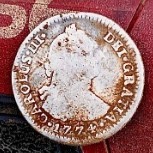


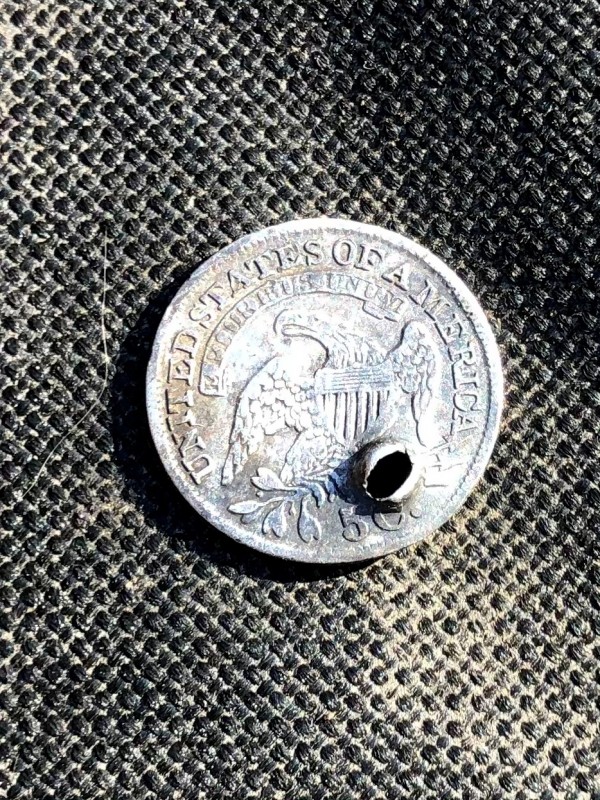
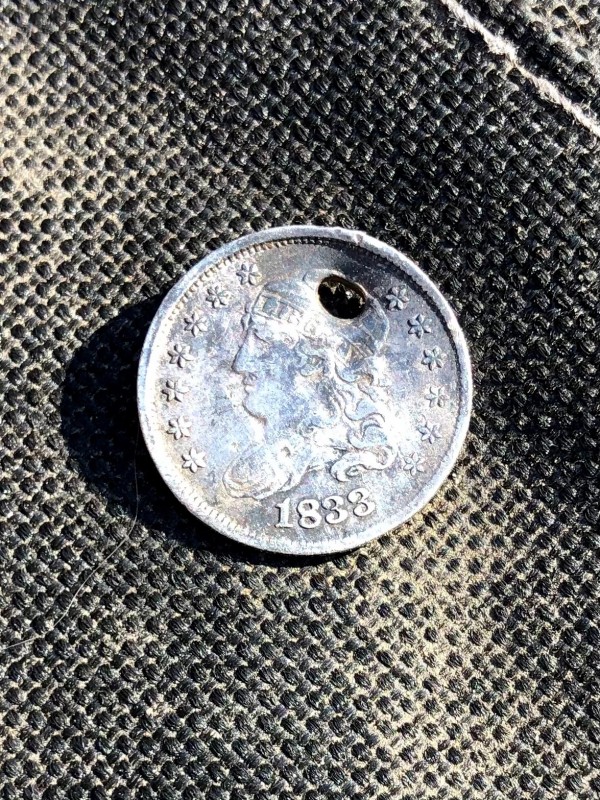
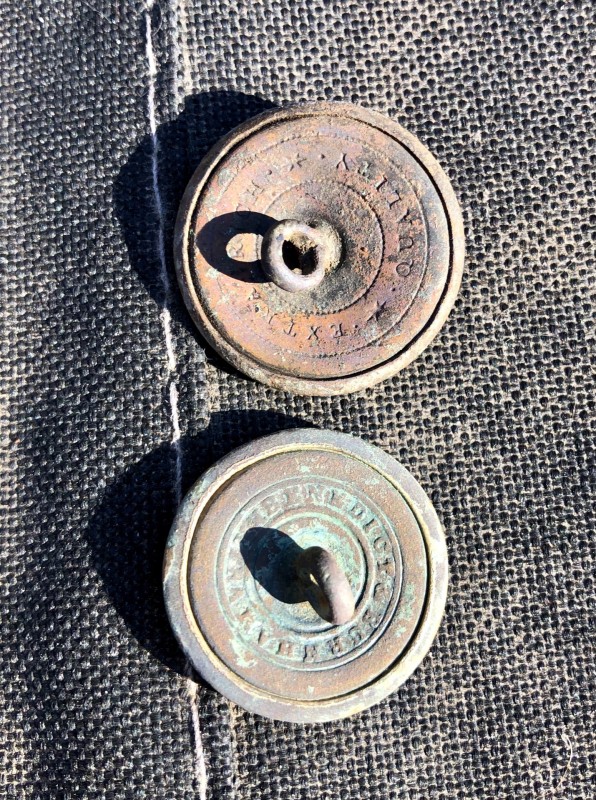
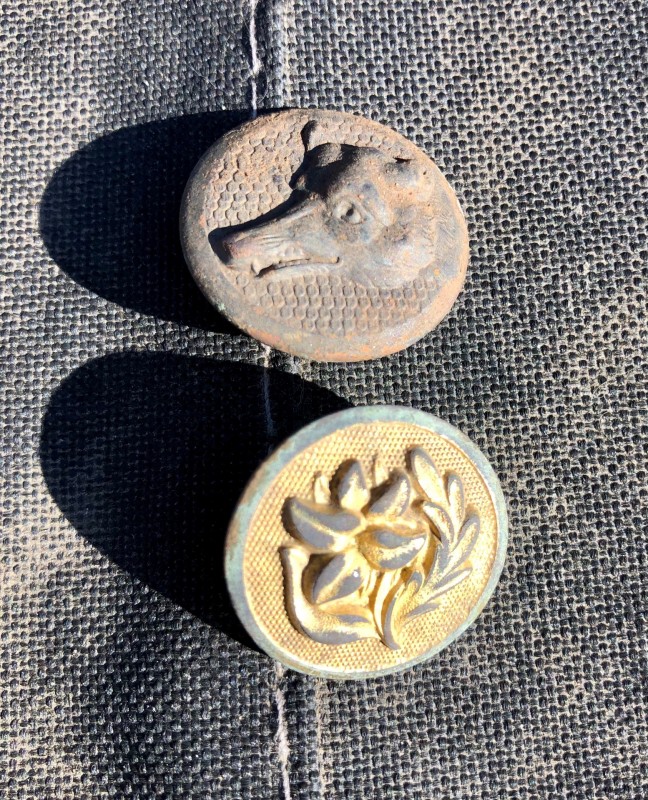
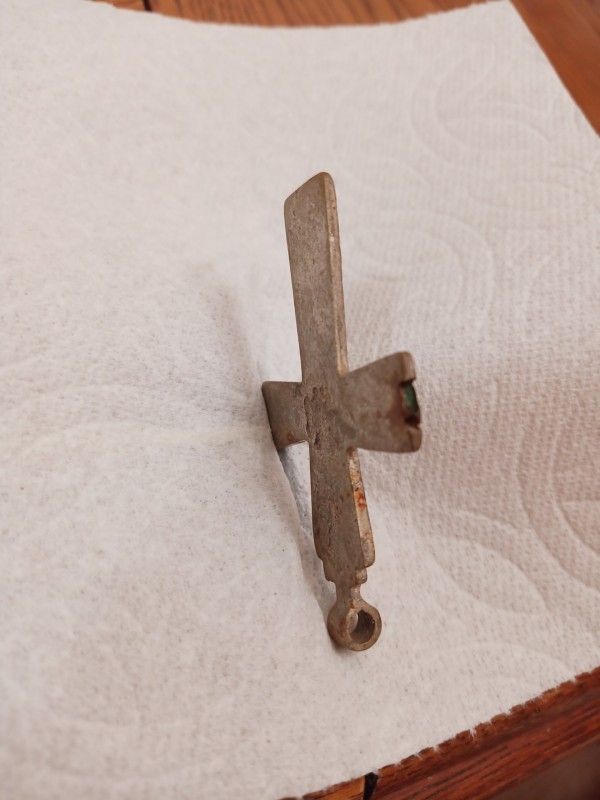
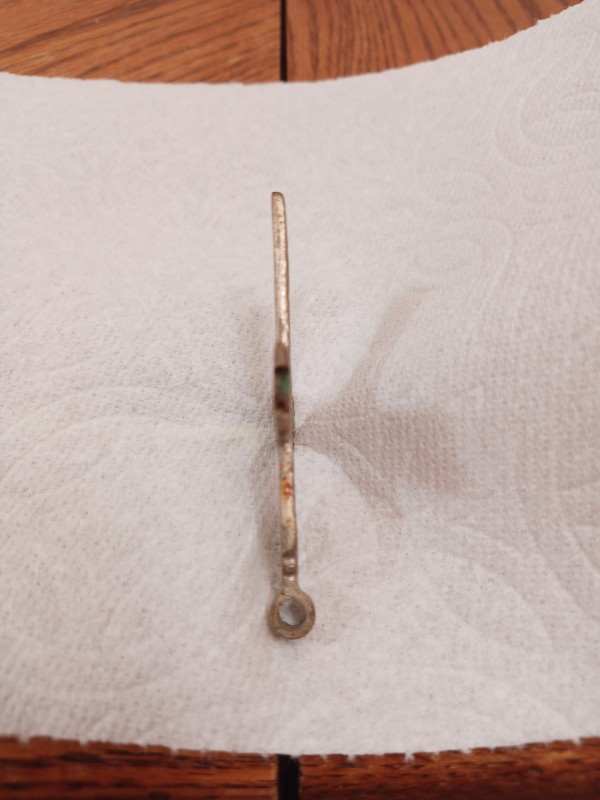
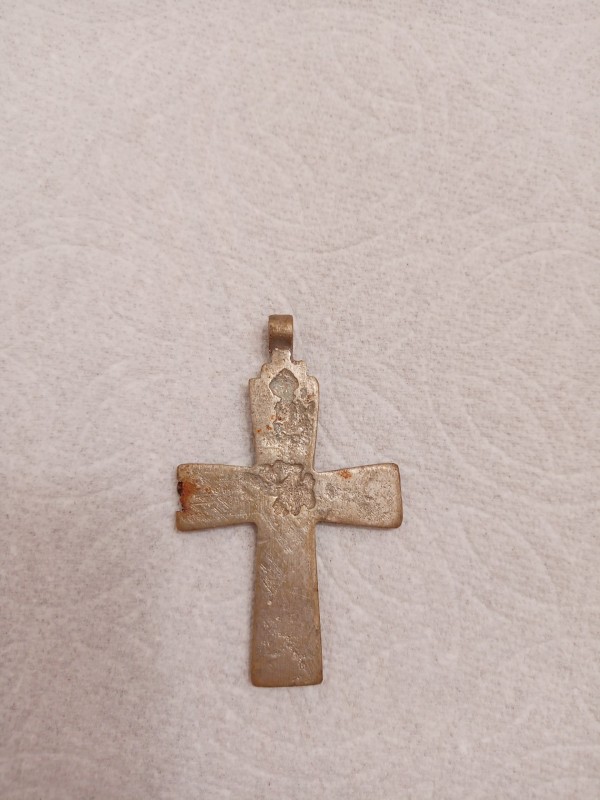
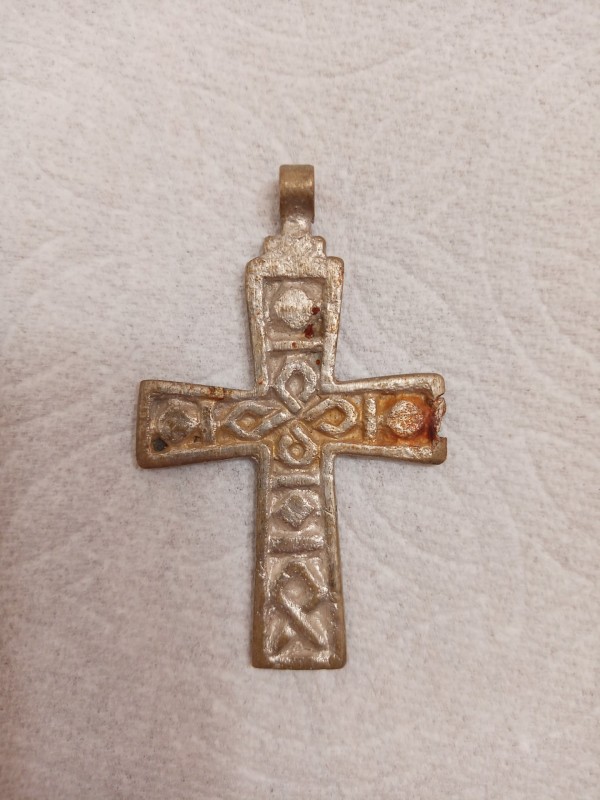
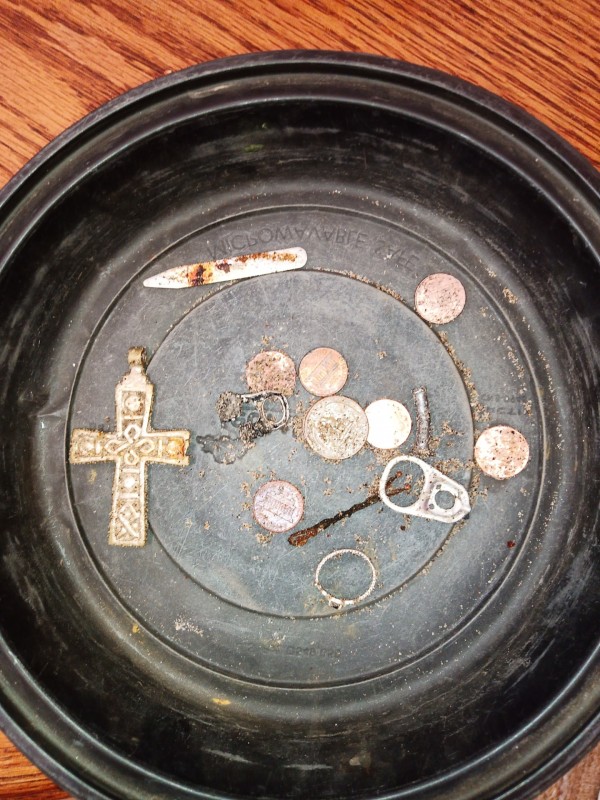

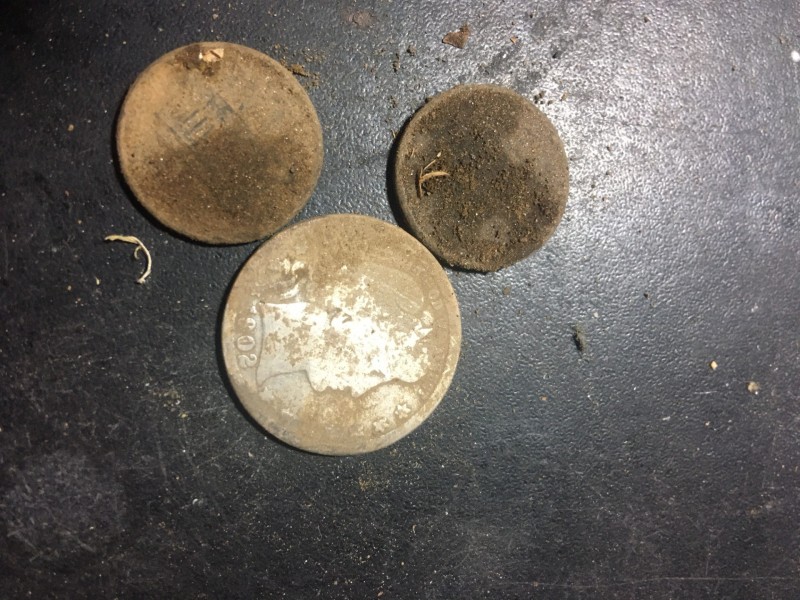

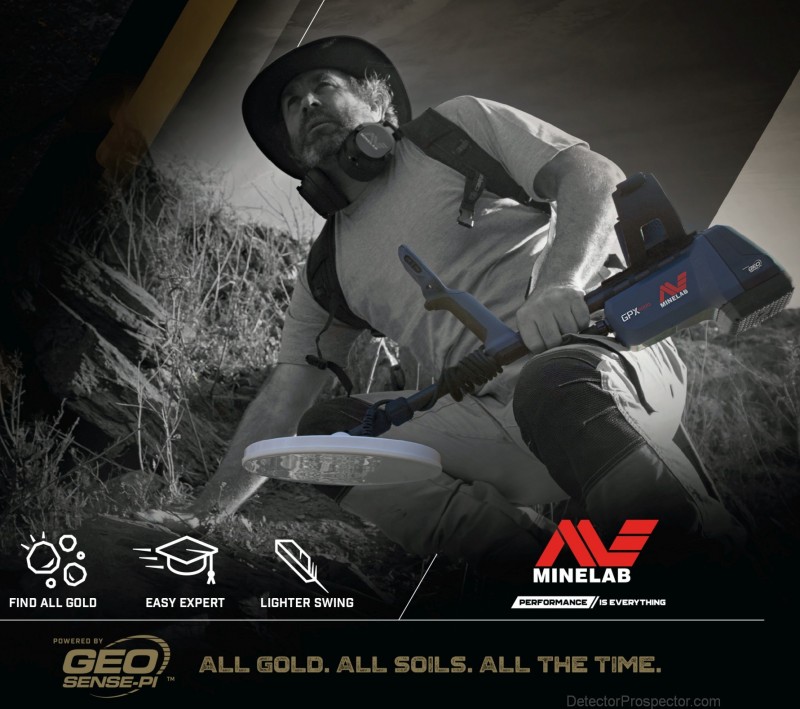
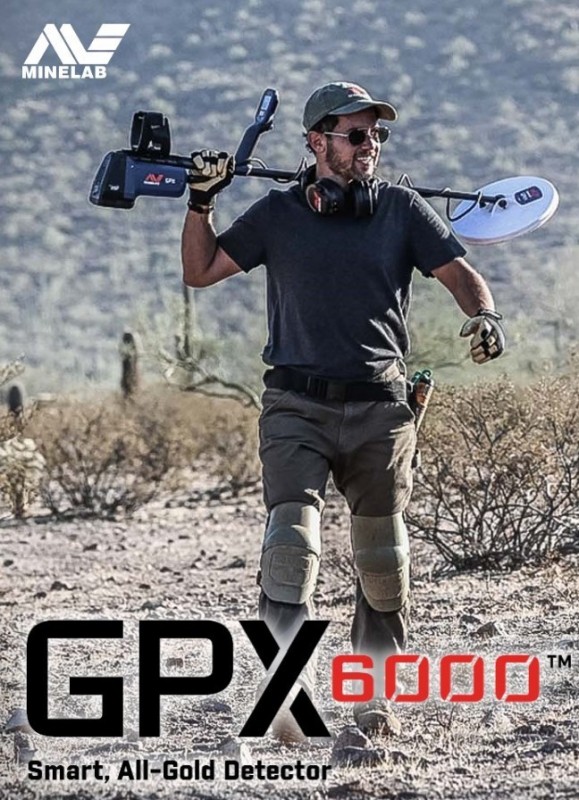
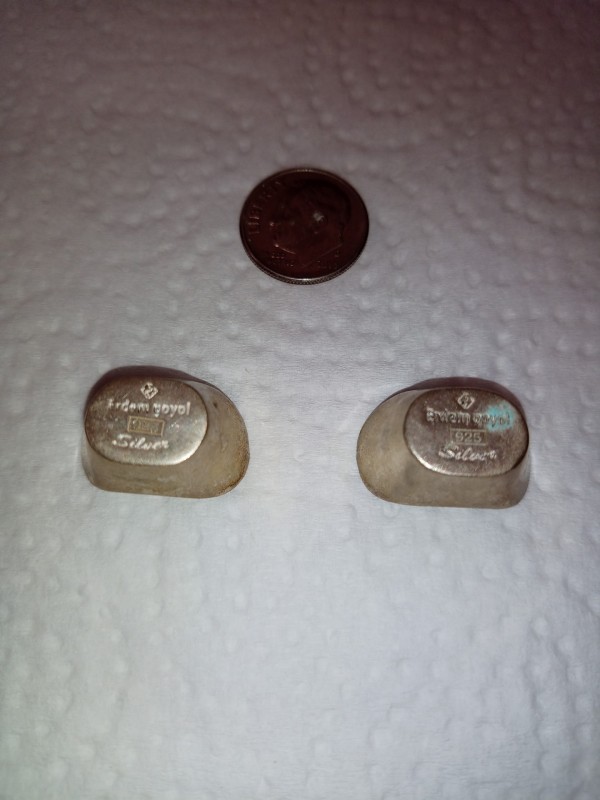
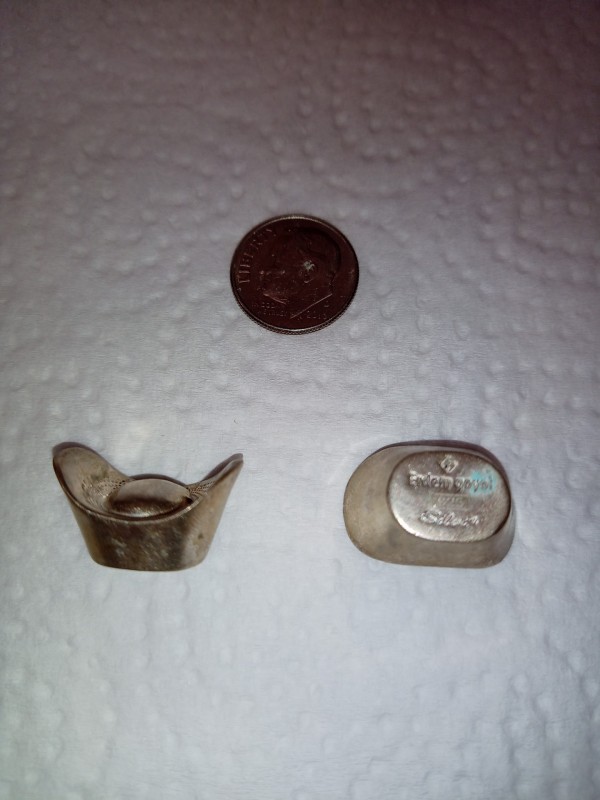
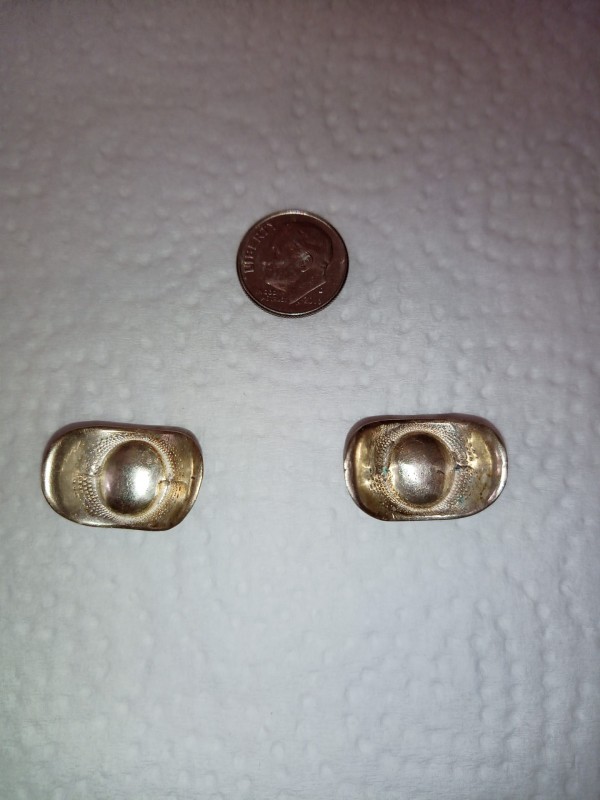
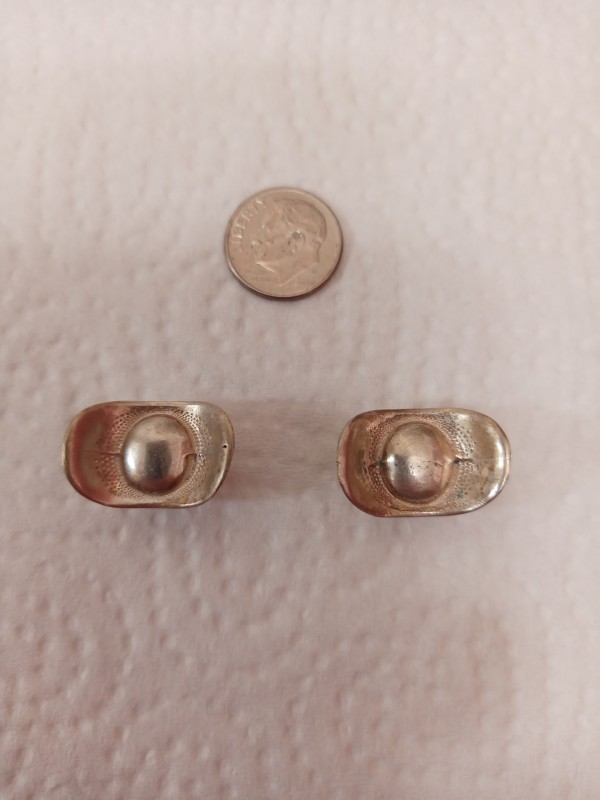
.thumb.jpg.77e4cb5bf39d44bdd2050d2edb7dfdb1.jpg)
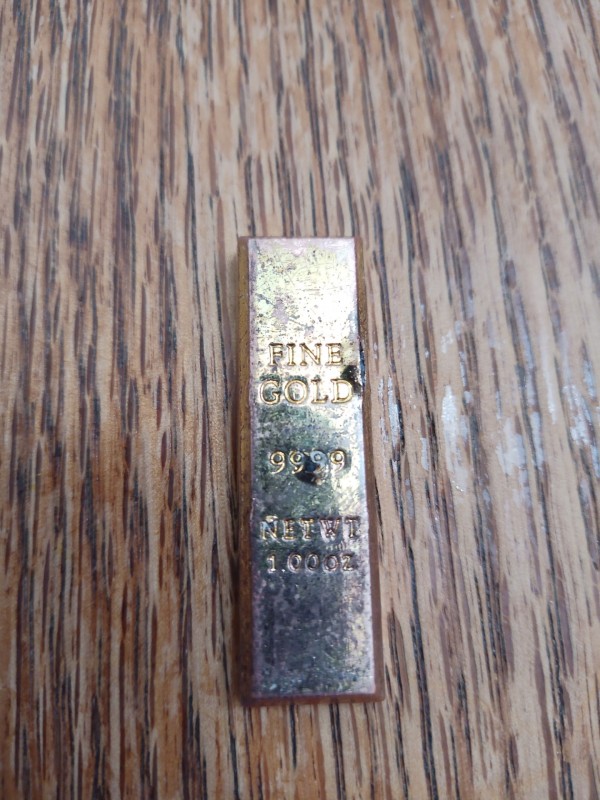
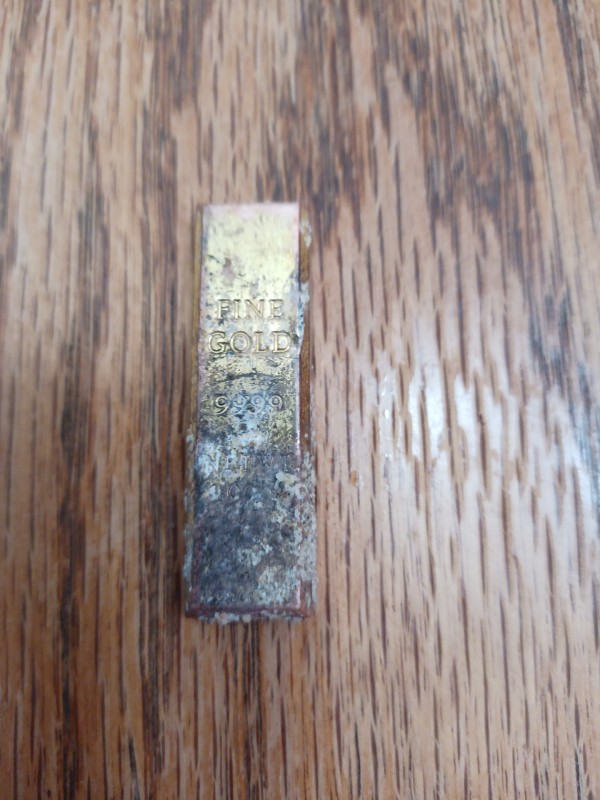
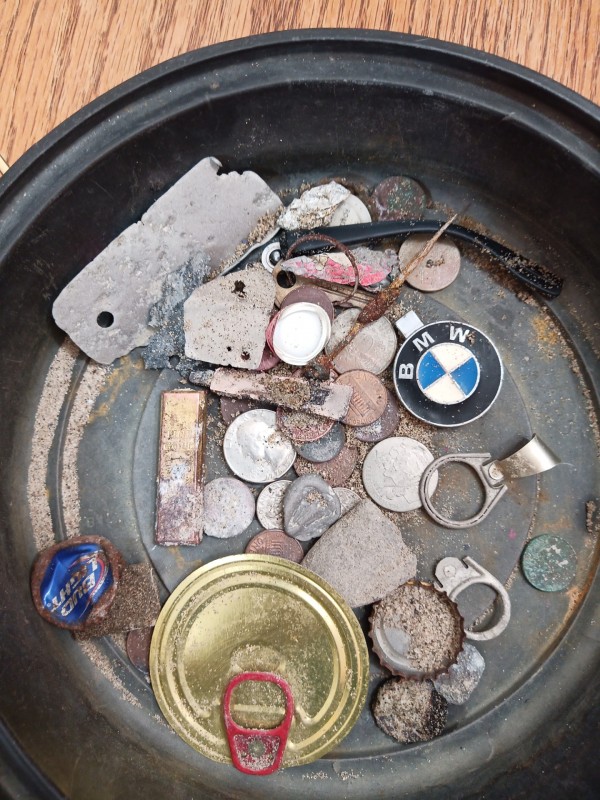



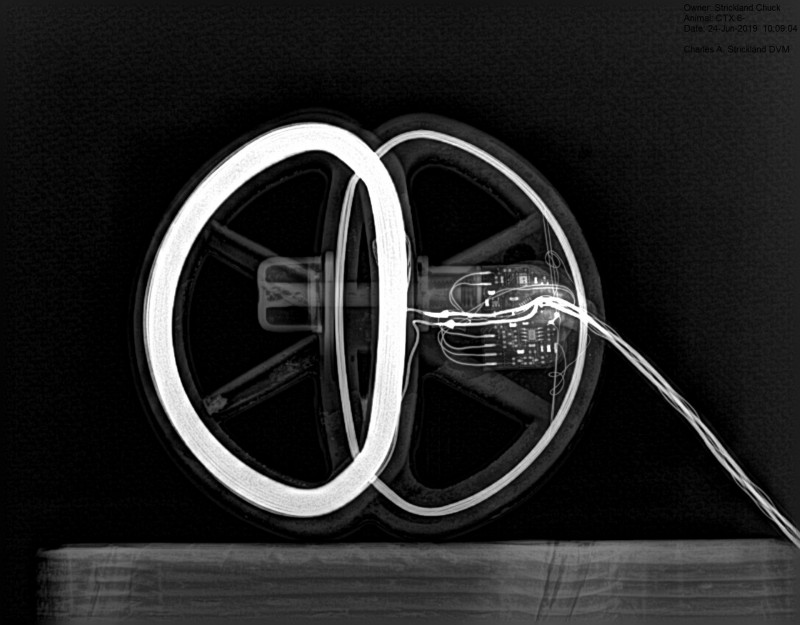
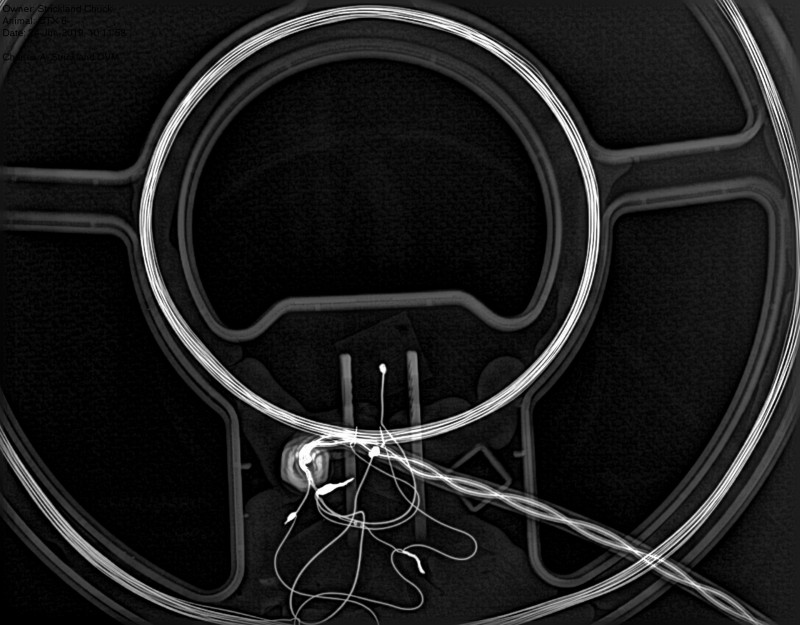
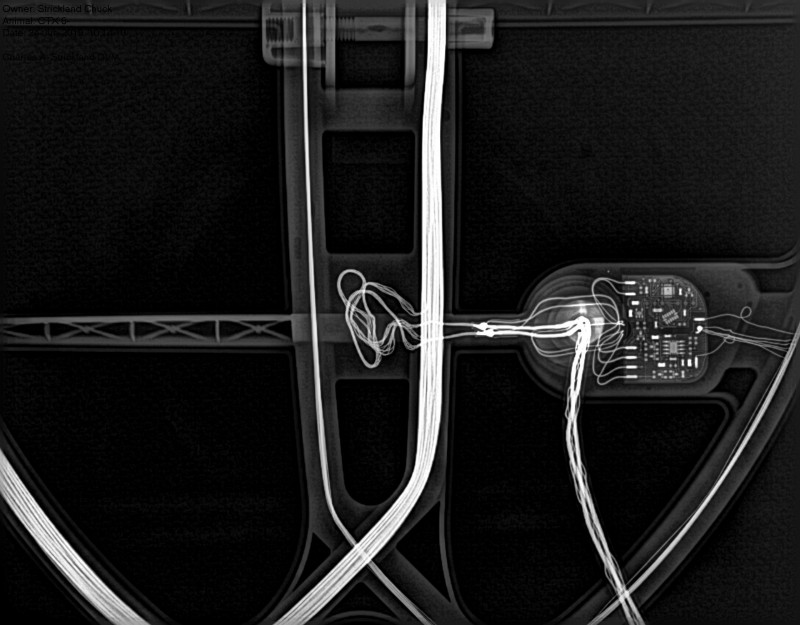
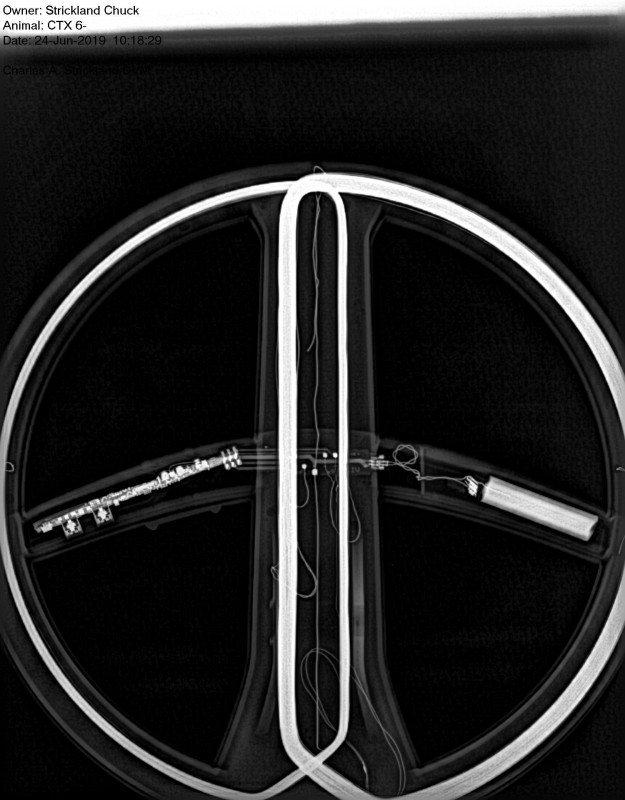
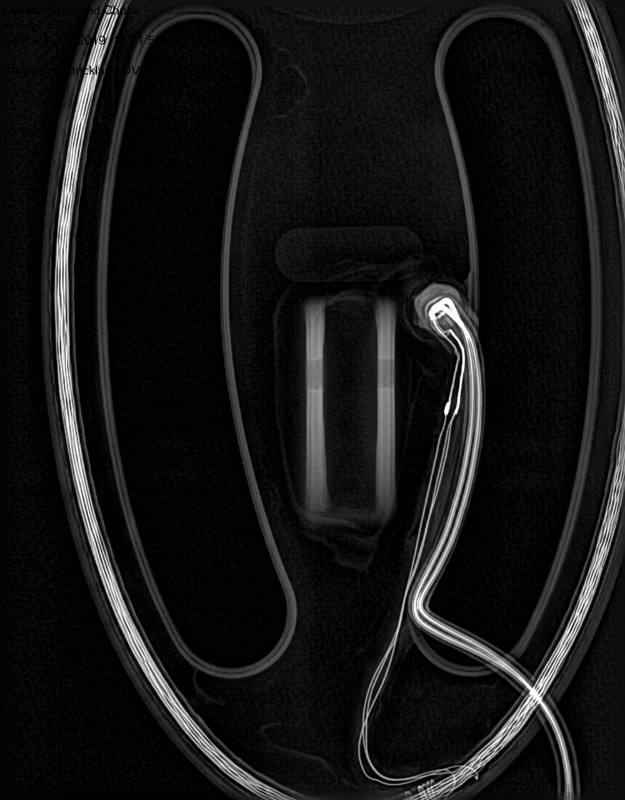
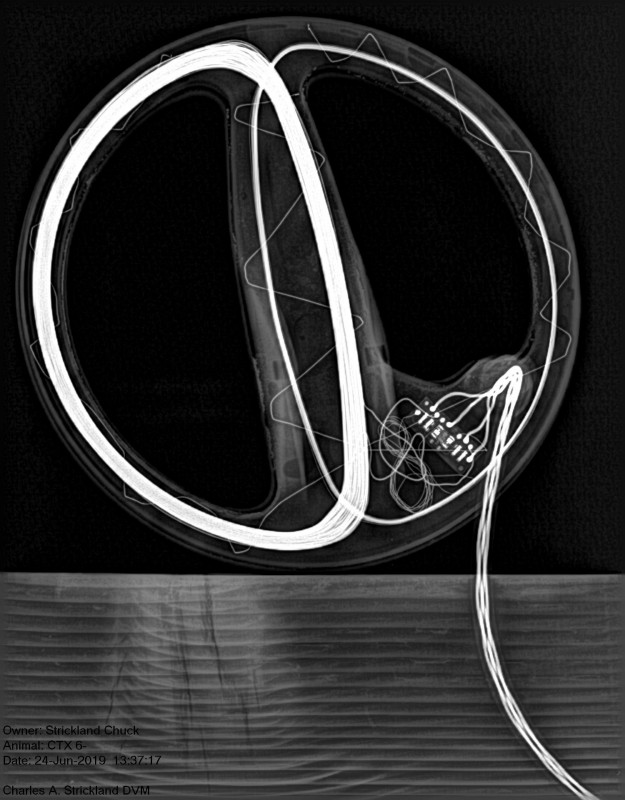
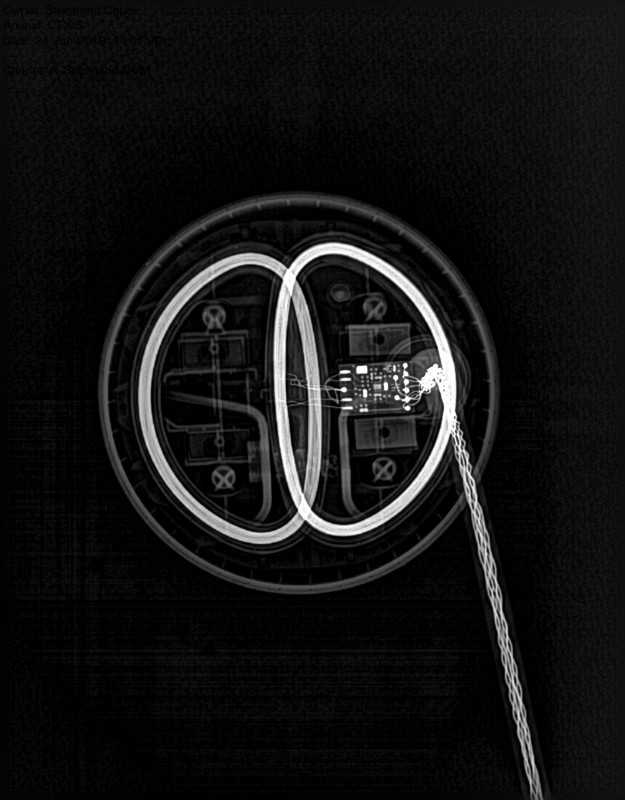
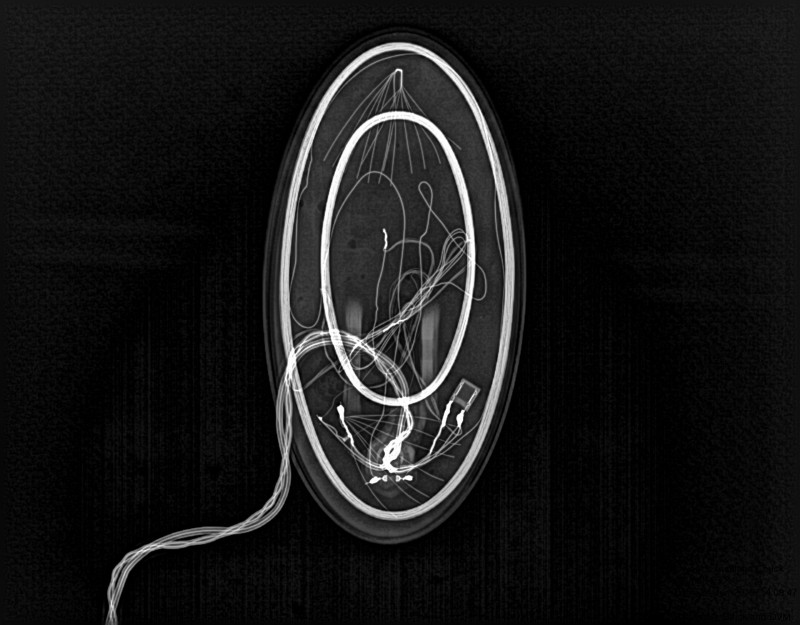
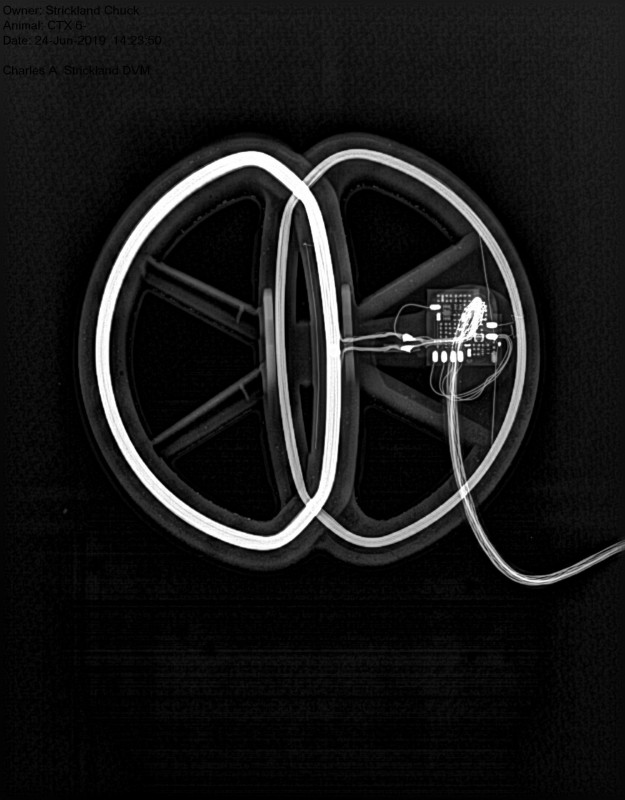
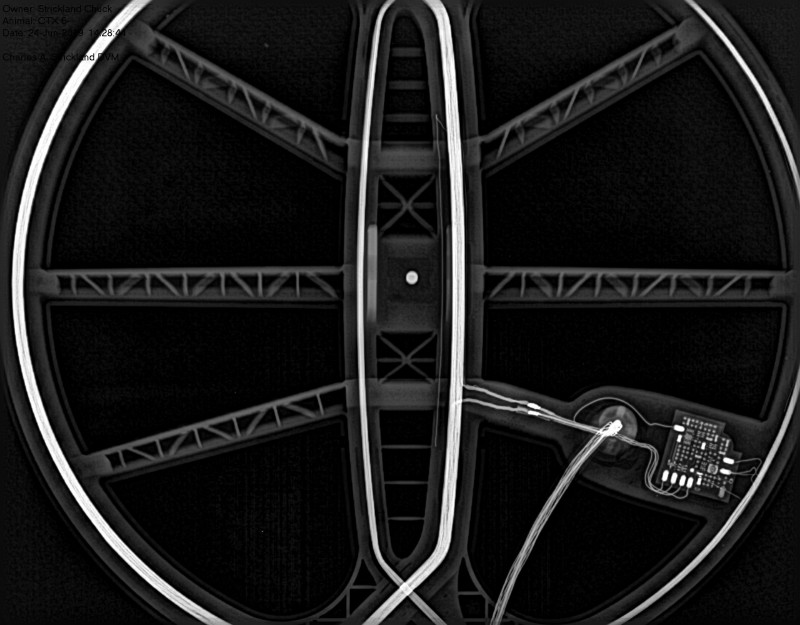
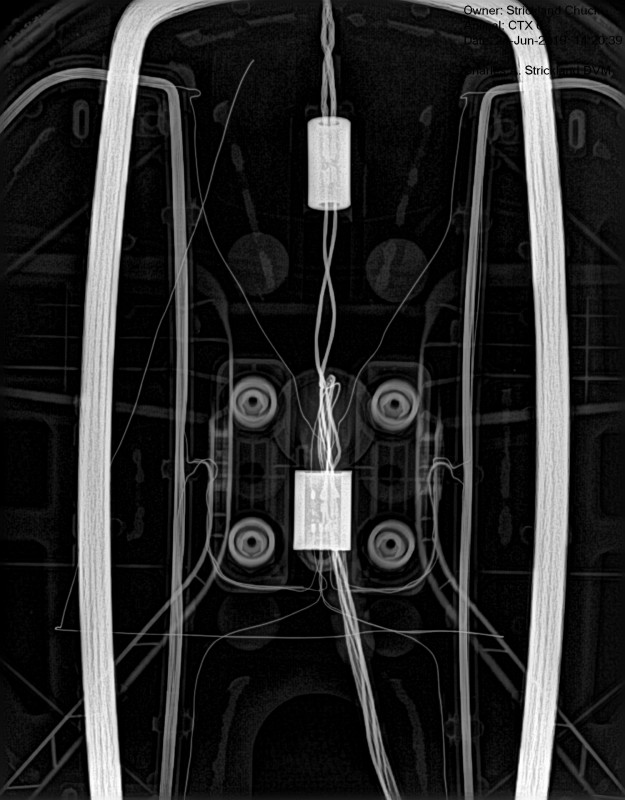
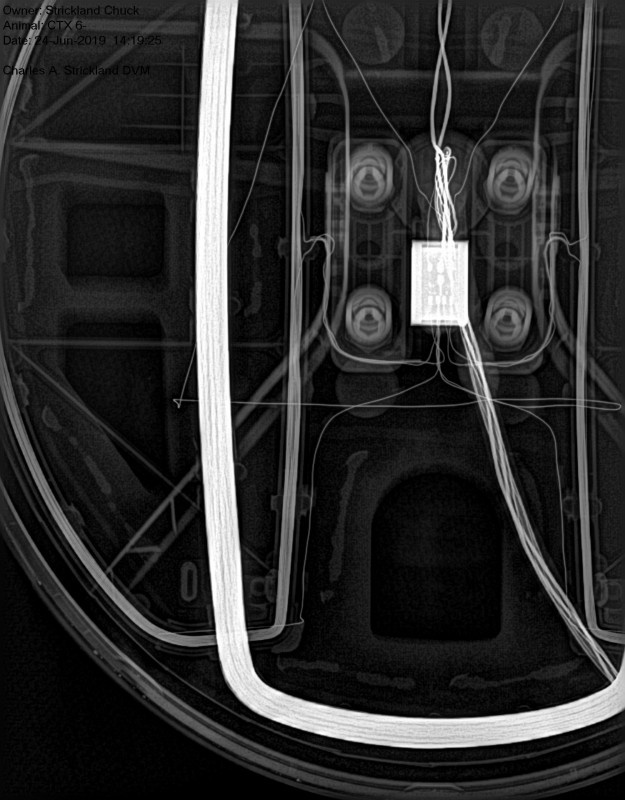
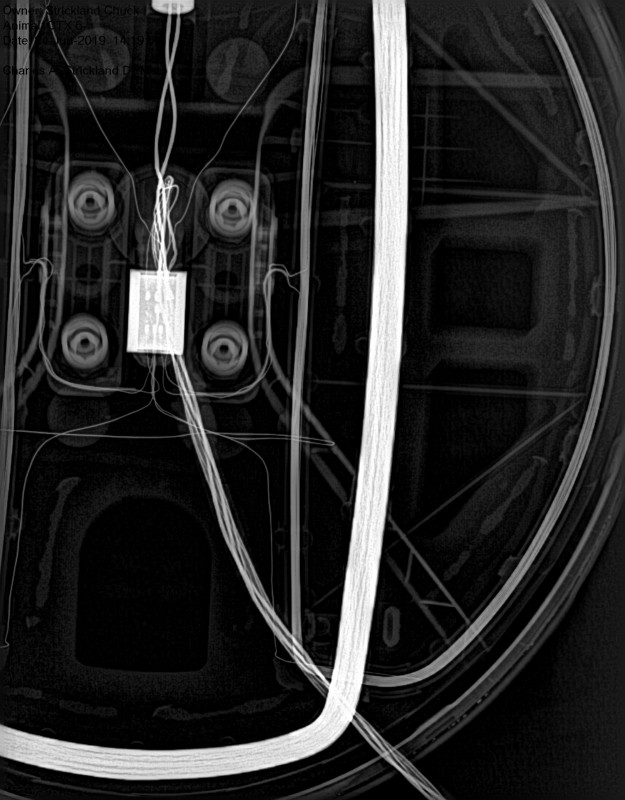
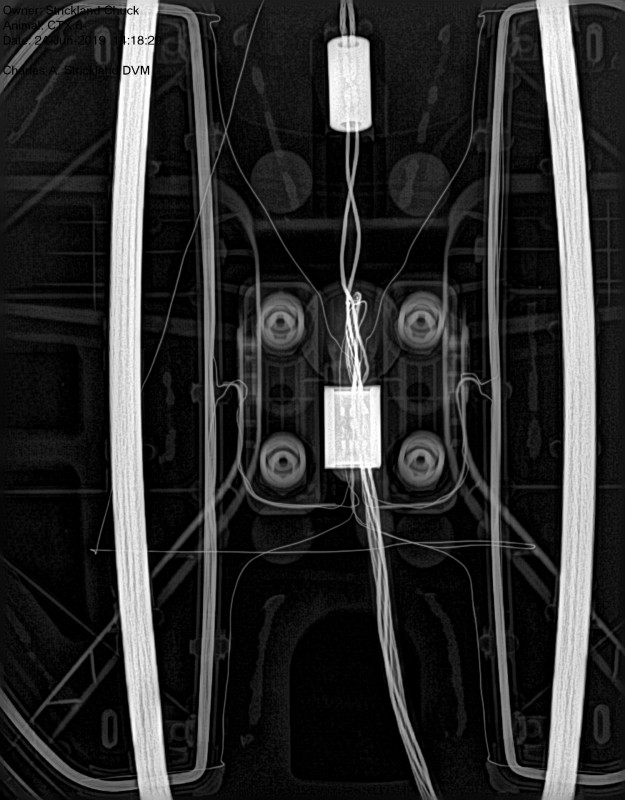
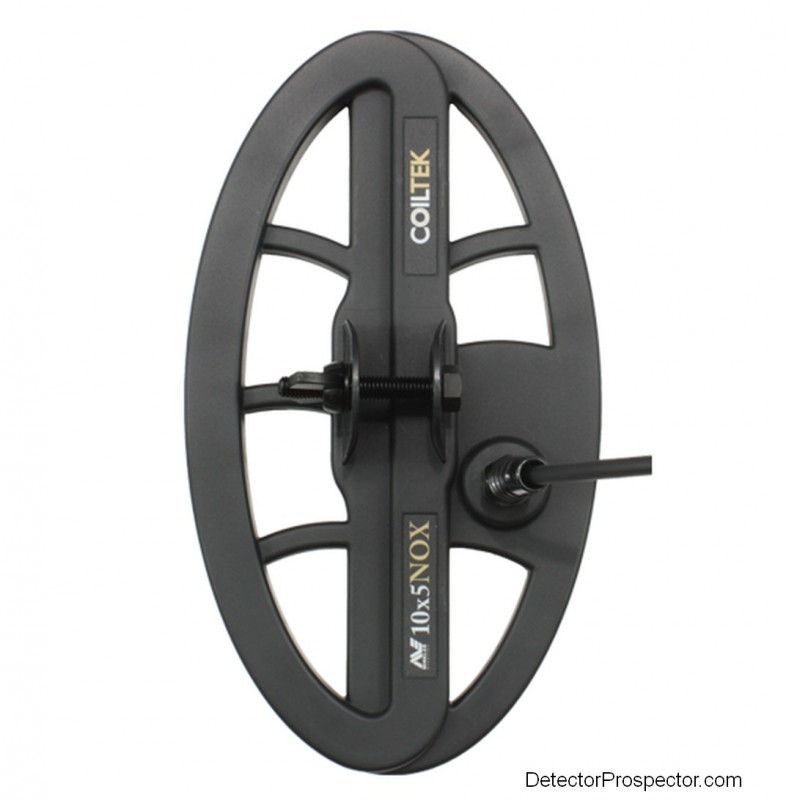

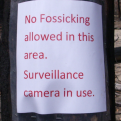

.thumb.jpg.95344db3aeef0a4c6c73420daa366191.jpg)


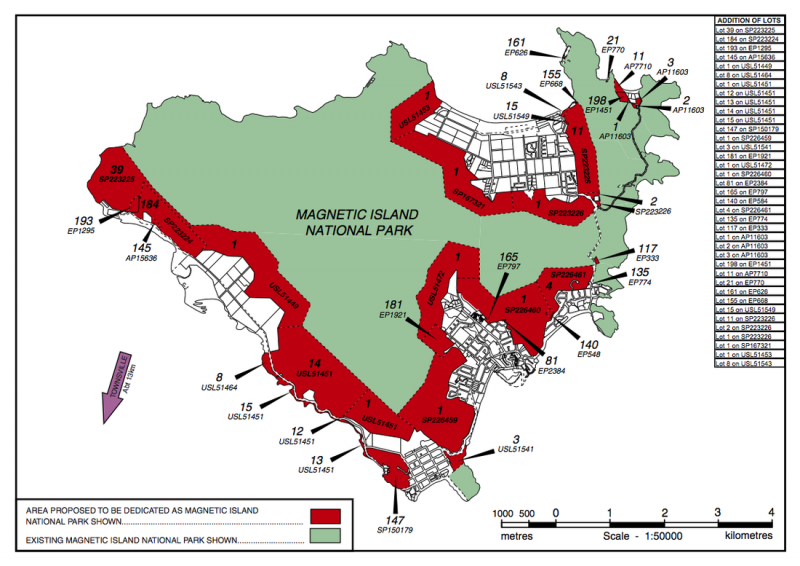
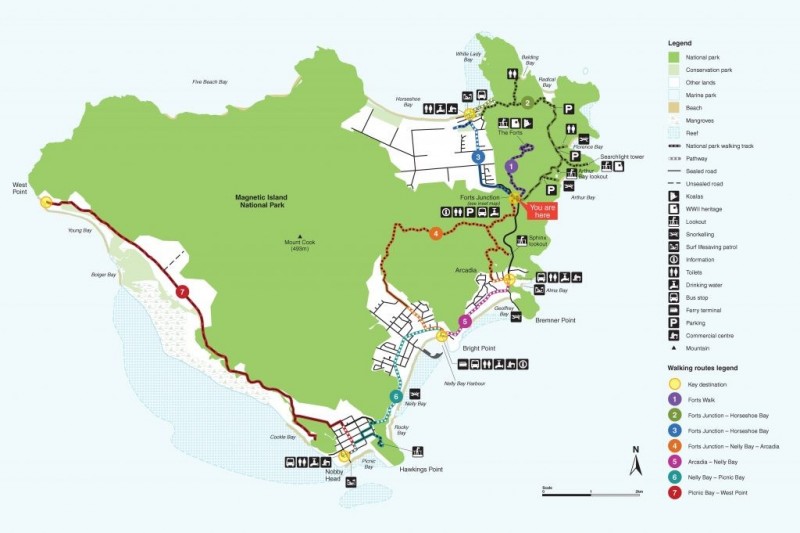

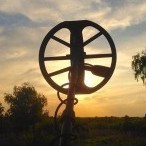
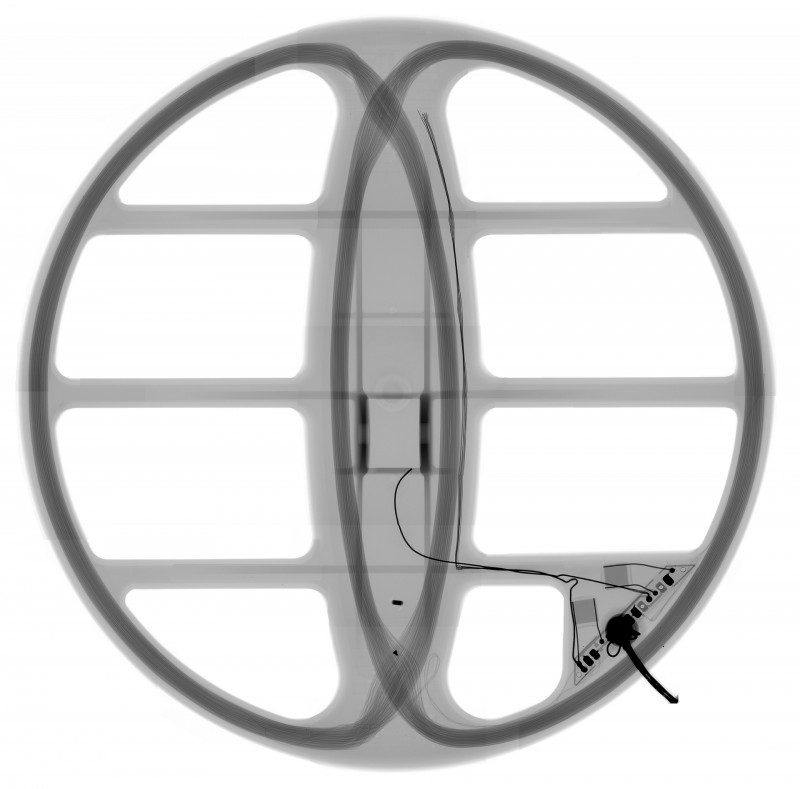
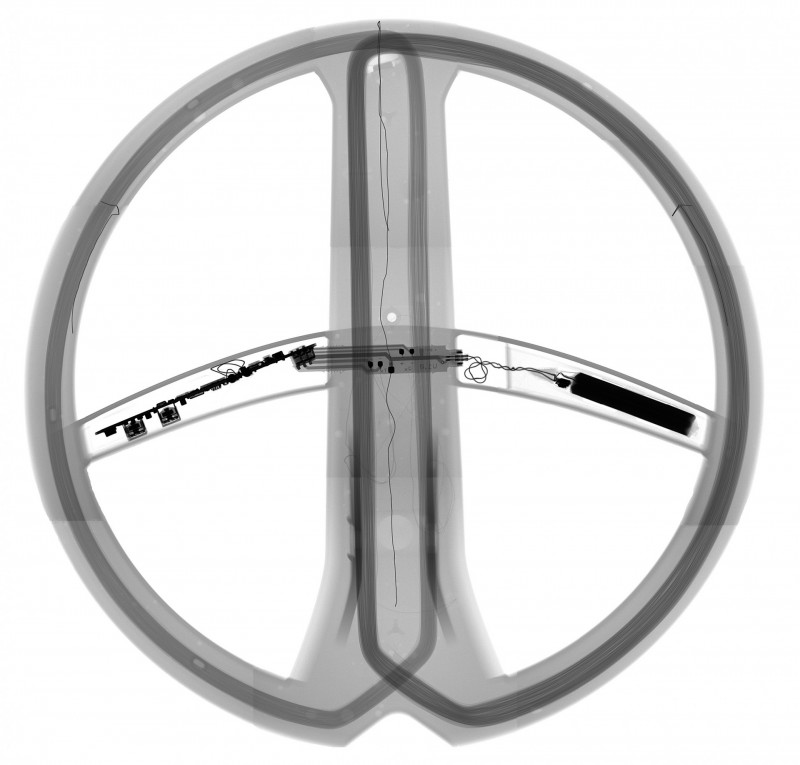
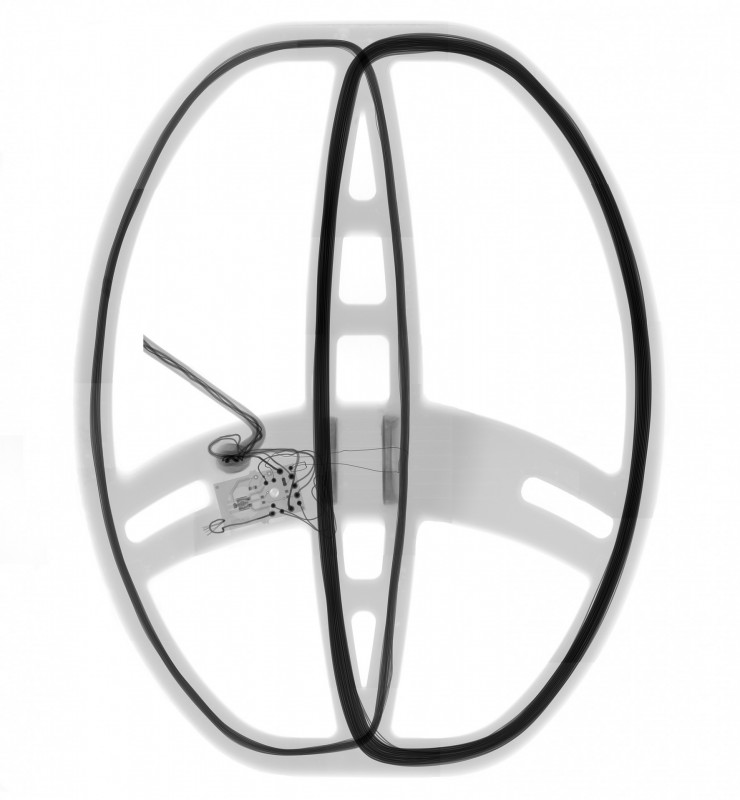
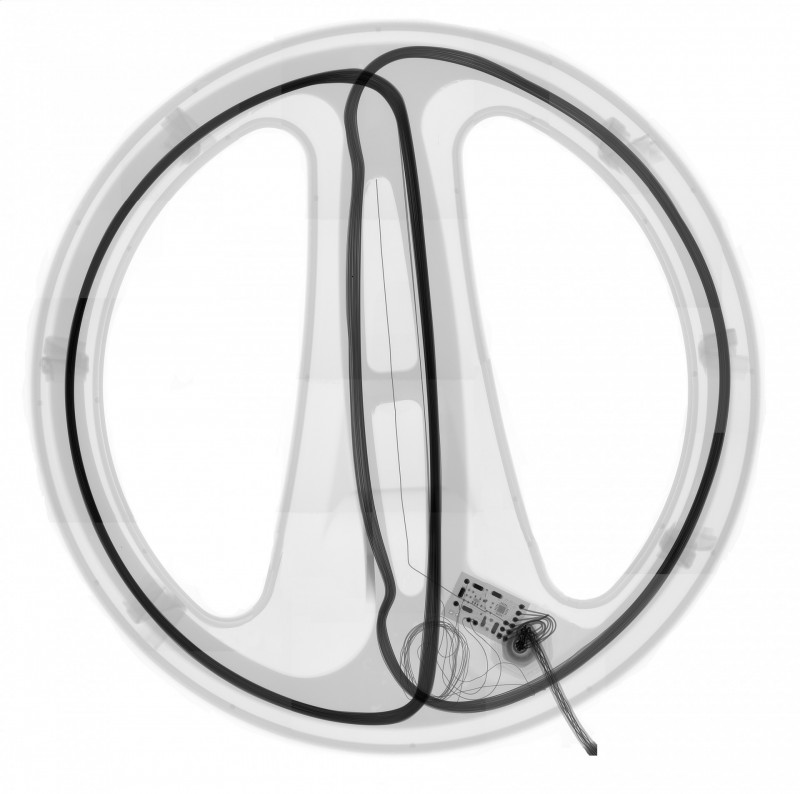
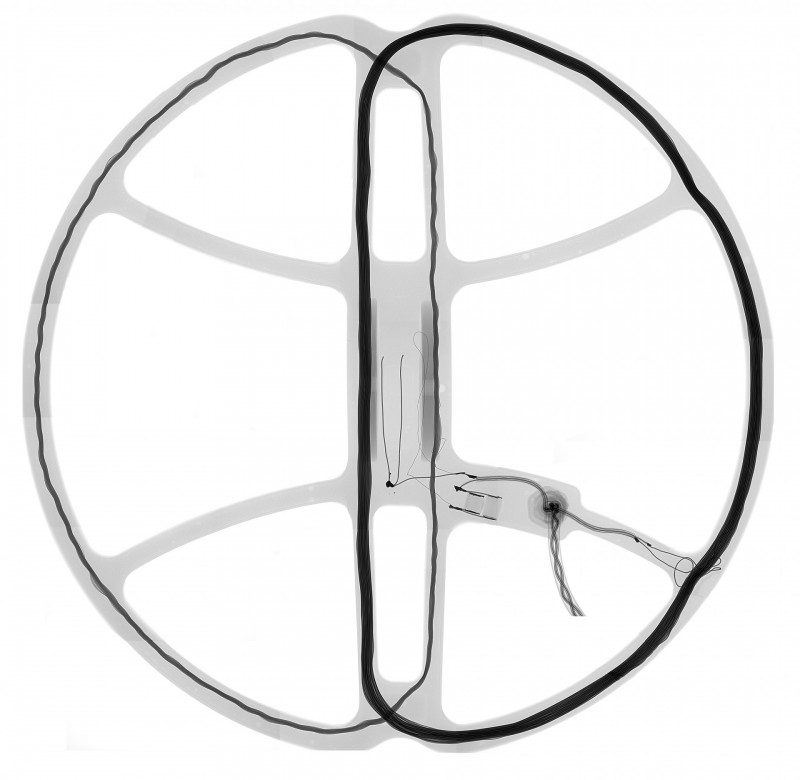
.thumb.jpg.2fca7627164c0d20b61ace5f49fe8f54.jpg)
